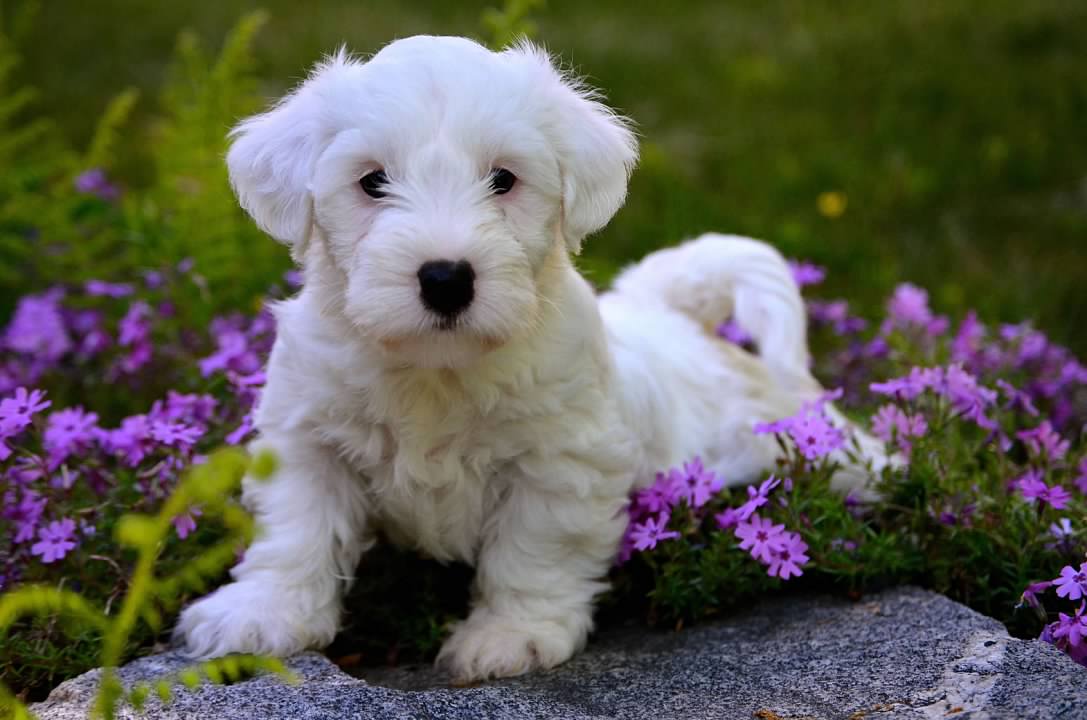
The Connemara Heritage Project:
The mission of our Heritage project was and remains to develop a wider gene pool of Connemara Terriers while bringing them back closer to their roots. By choosing the right dogs to bring into the program, we can also improve the Connemara type/strain of Jack Russell Terrier. As always, health and temperament evaluations are a vital component of this program, assessing the health and temperaments of each litter and breeding potential Connemara's.
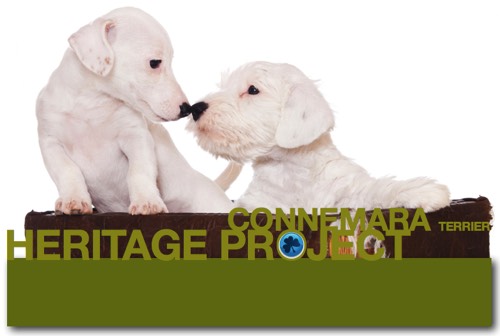
WELCOME to the Connemara Heritage Project:
The Heritage Project idea began development in 2006 when it became apparent that within ten years, the Connemara would have too small a gene pool to continue offering the Connemara type/style long term. We did not want to infuse our lines with modern day Jack Russell Terrier lines as we were concerned about loosing the good health and temperaments associated with the Connemara name. In 2007, DNA testing and studies began in an effort to develop a program to save the Connemara line of Jack Russell Terrier.
Connemara Heritage puppies are a cross between the Connemara as we know it today and a rare terrier breed now known (through DNA testing) to have been used in the development of the Connemara around the end of the 19th century (1880-1920). The Heritage line produces a Connemara like what one would have seen during the turn of that century. Because we are unable to keep every pup in the Heritage litters, we seek special homes for those we do not select for our breeding program. 
To be clear: This project is an effort to secure the survival of the Connemara Terrier as close to its original form as possible, hence the name; Heritage Line. The Heritage Project will allow the Connemara to continue to enjoy secure survival over the long term. 
Plans for 2019: We will finish with the Heritage project F1b breedings and continue on to the F2b. Contact us directly for more information on these limited breedings. Below are several photos of our First Generation Heritage Pups.
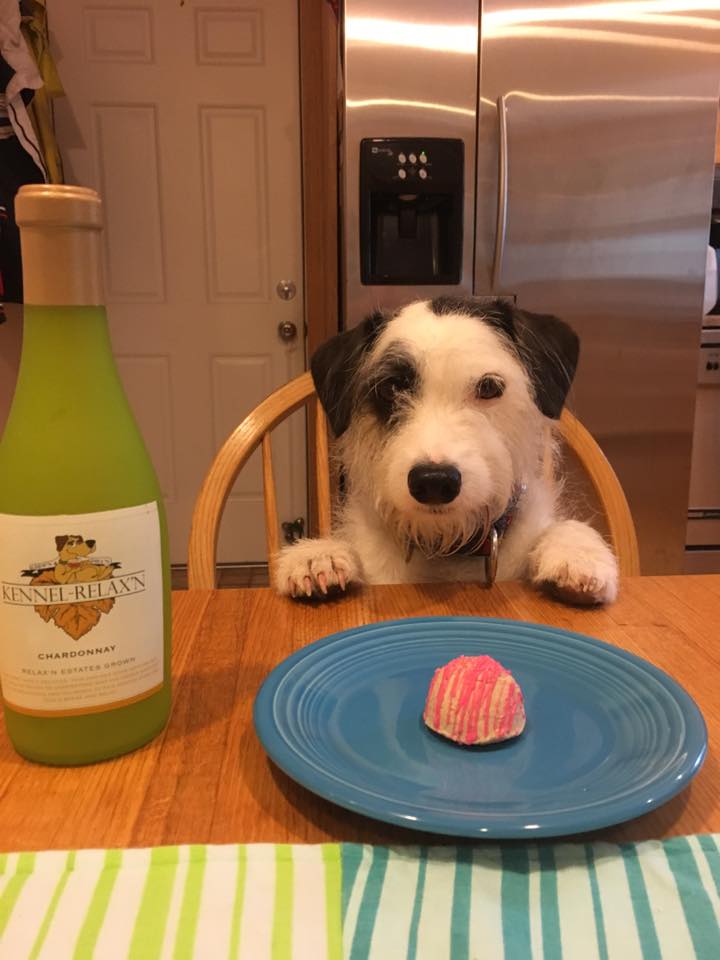
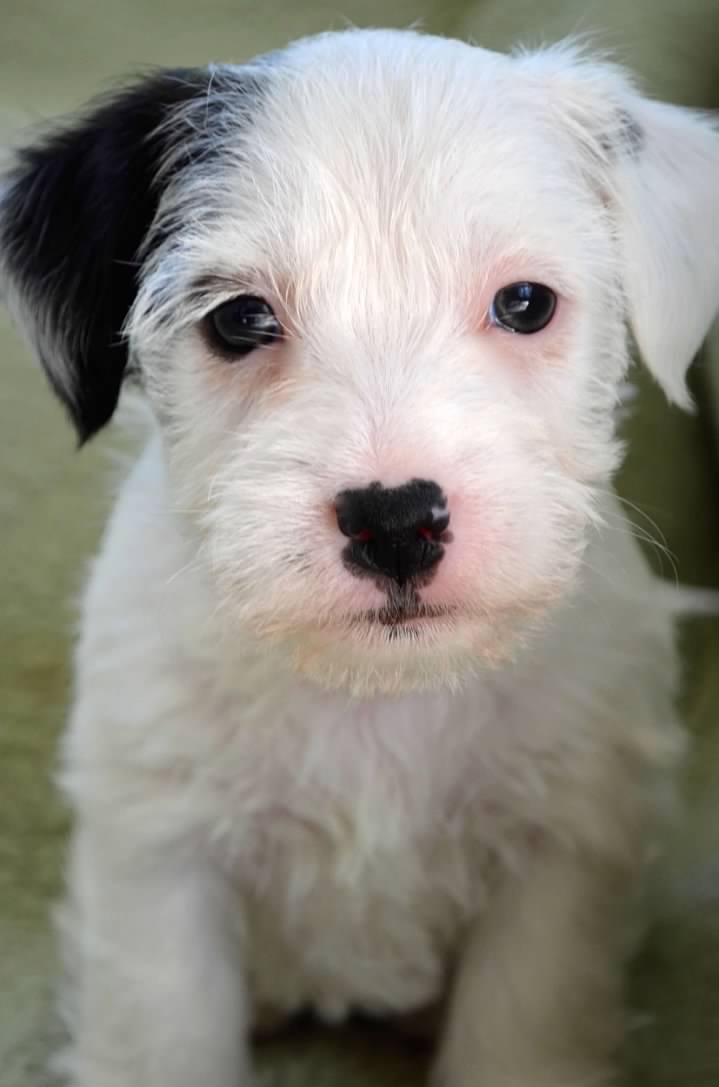
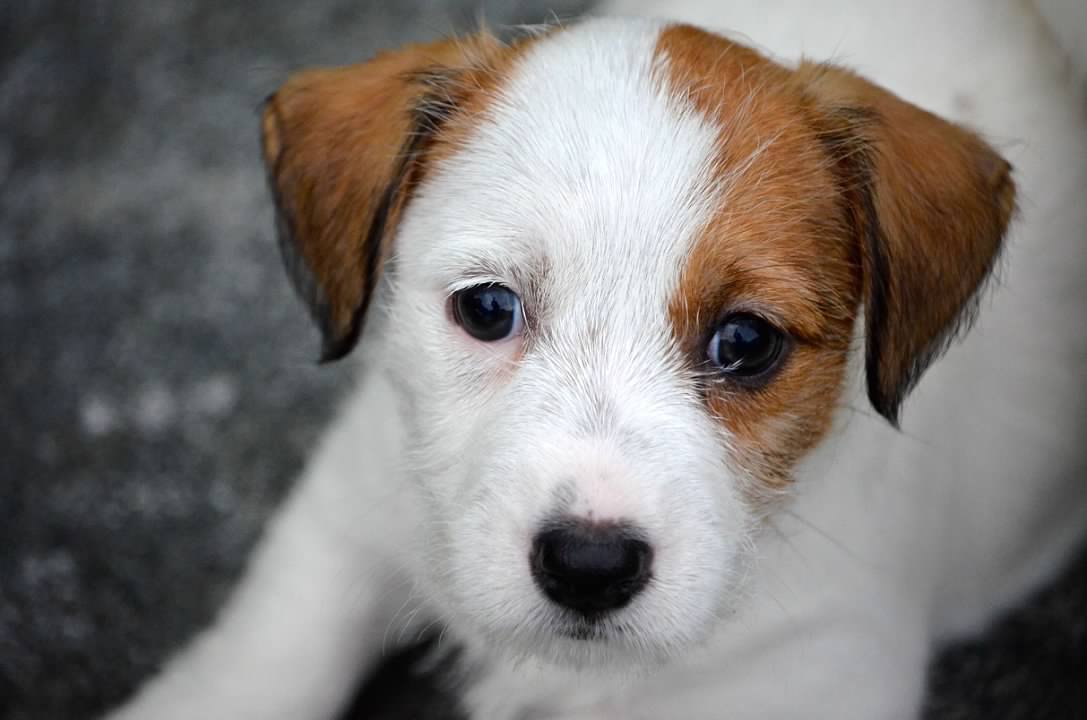
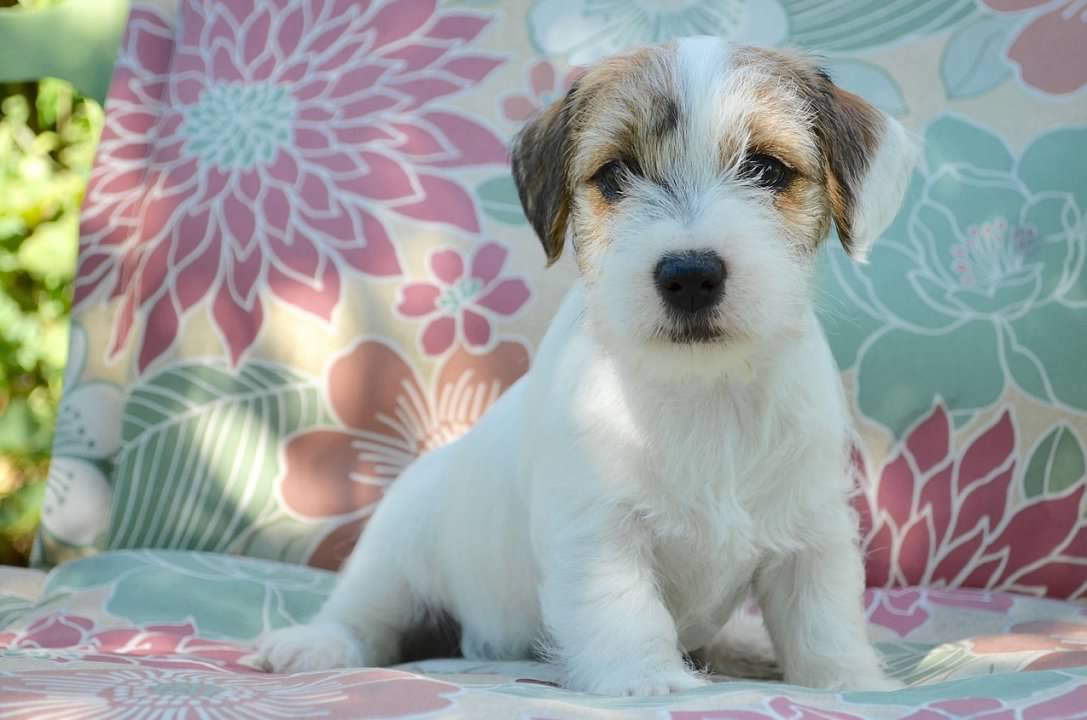
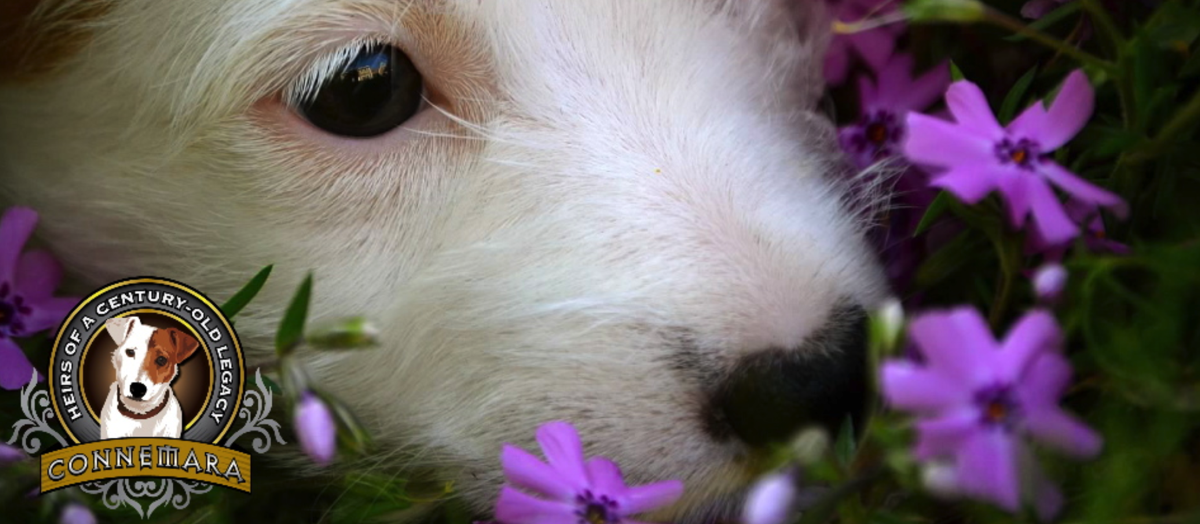
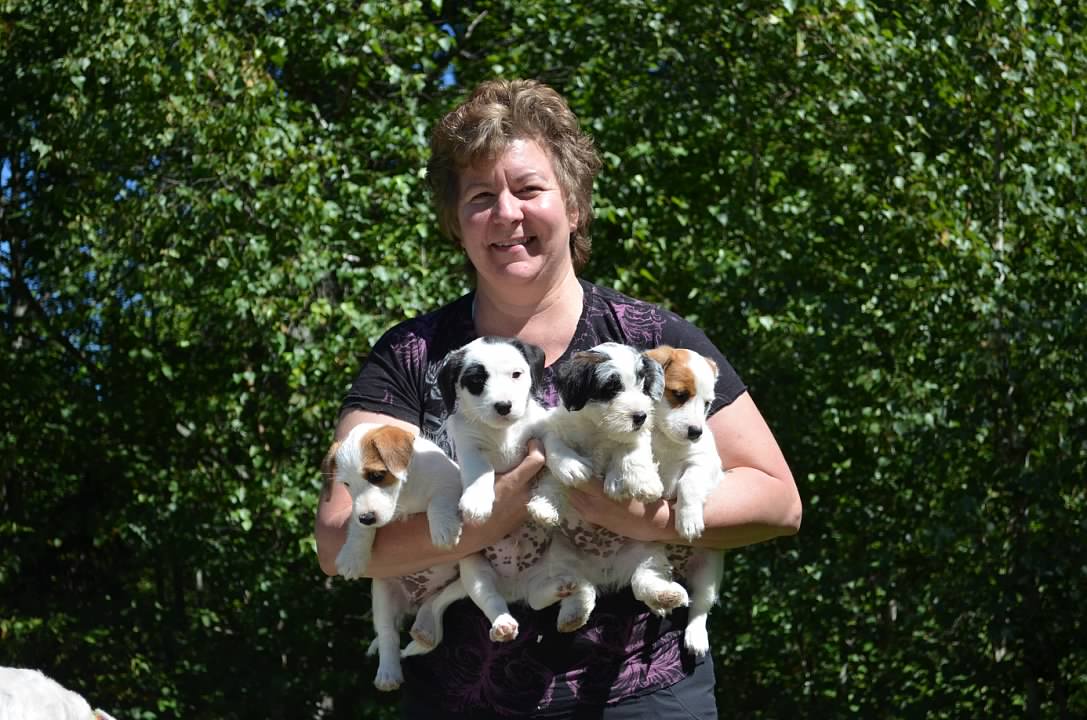
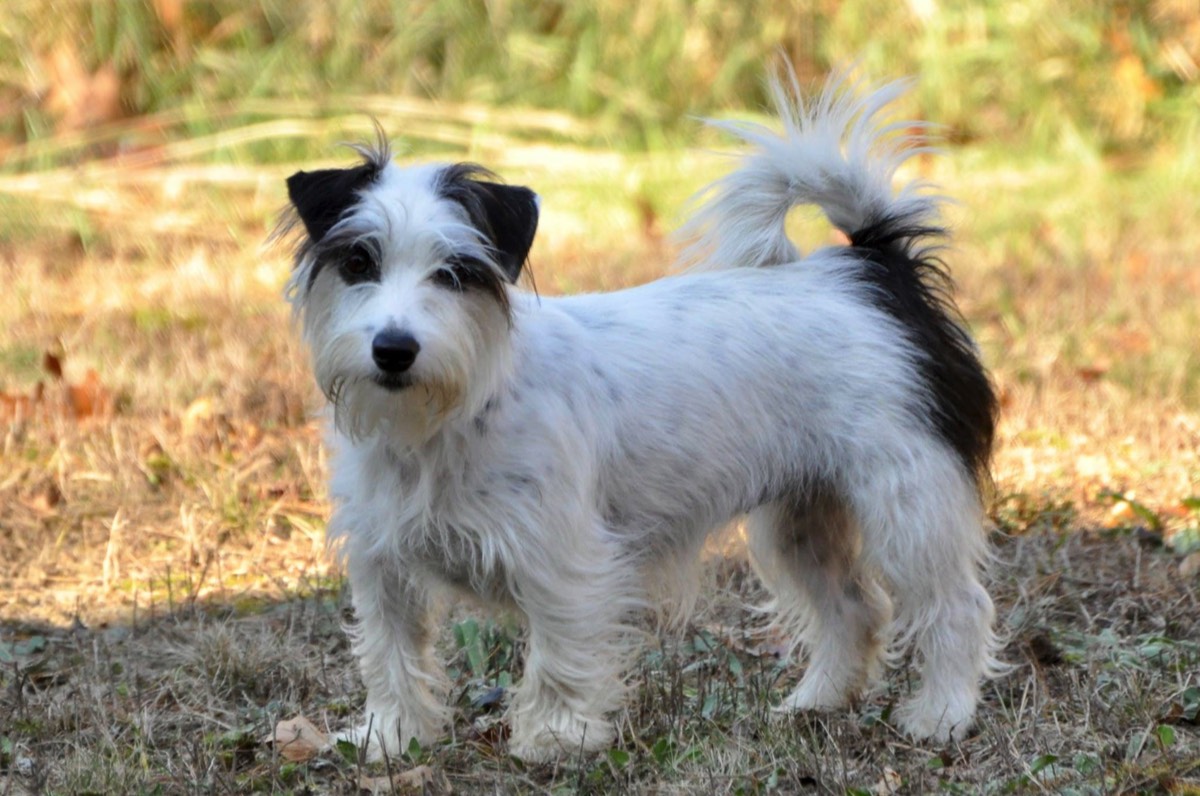
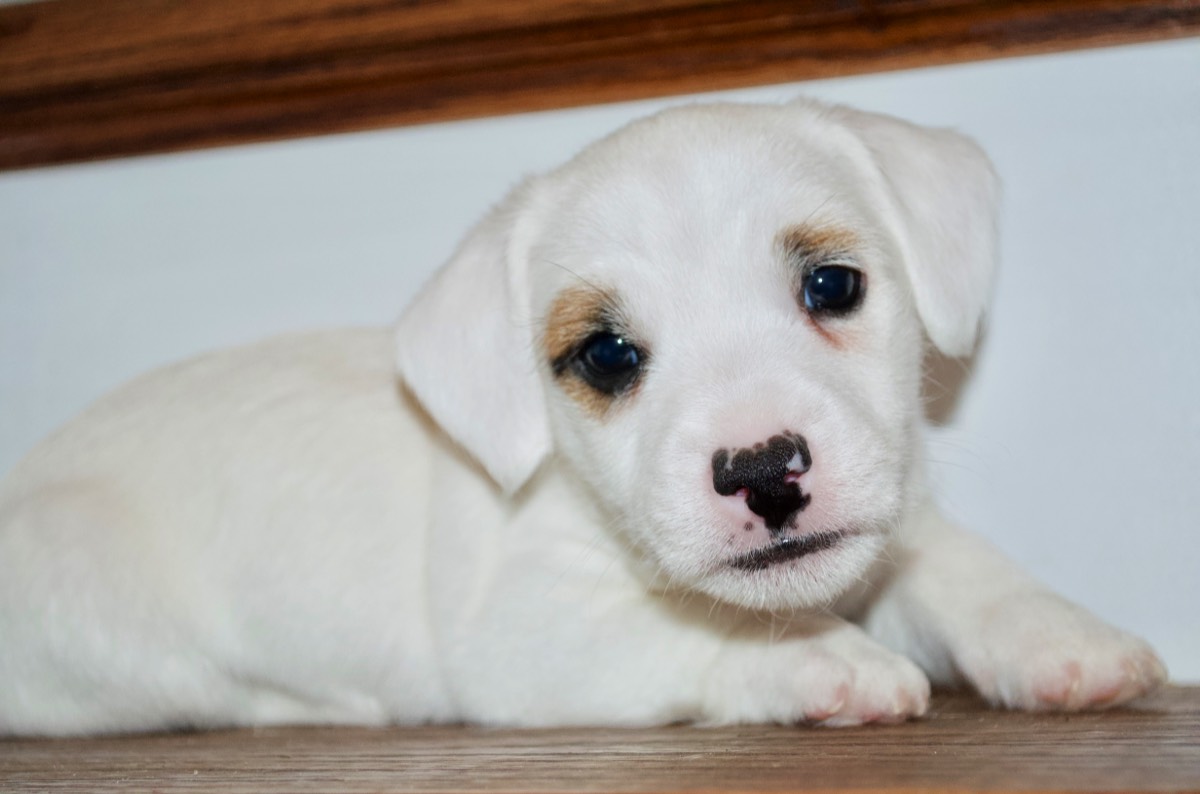
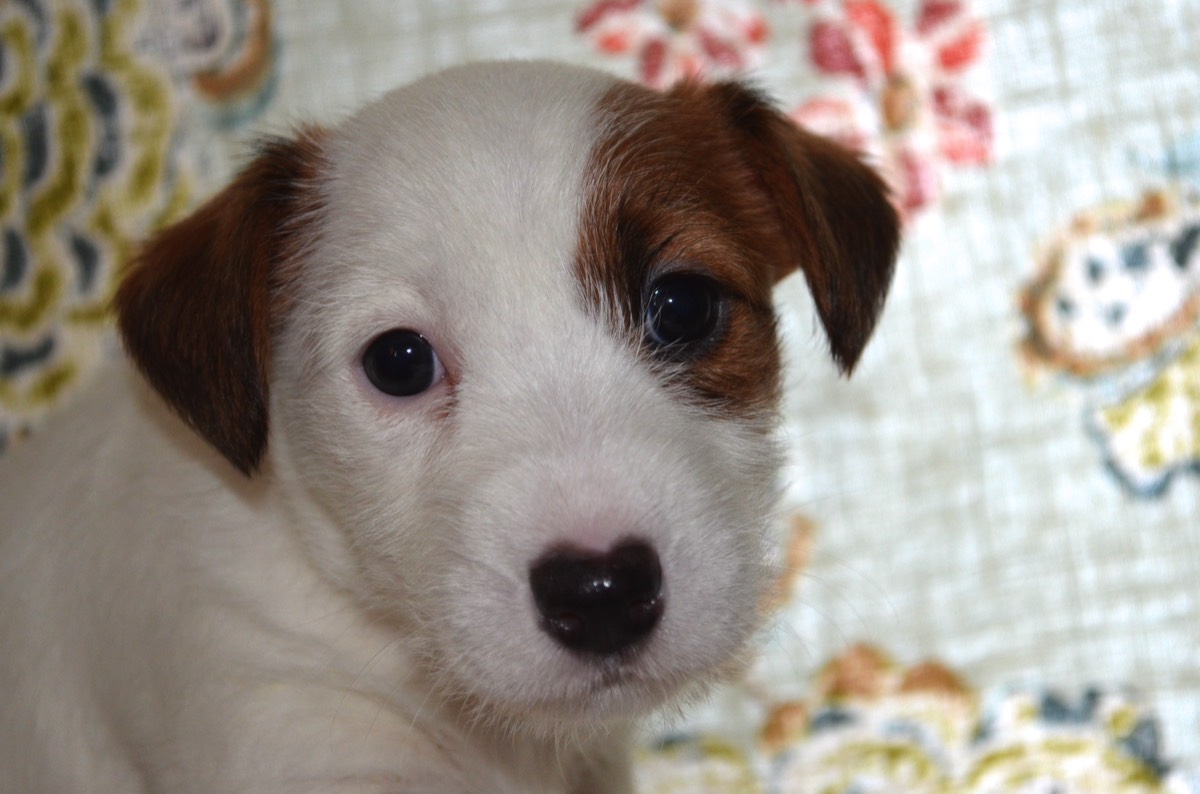
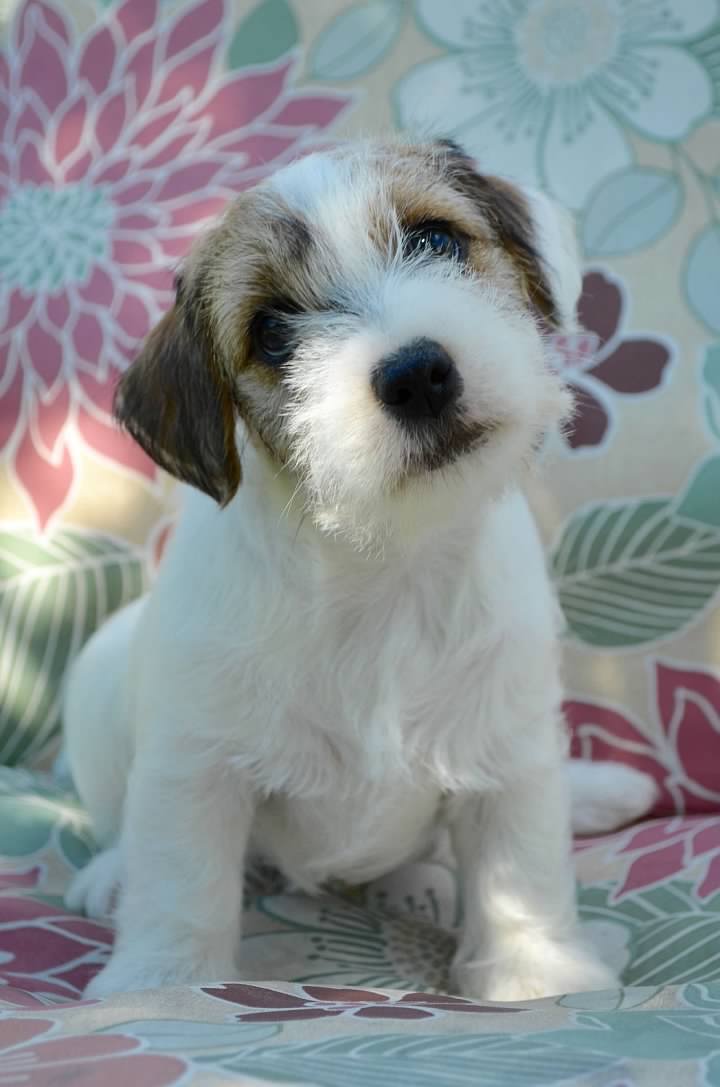

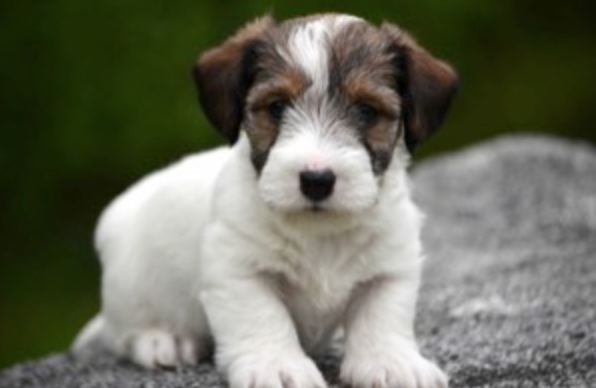
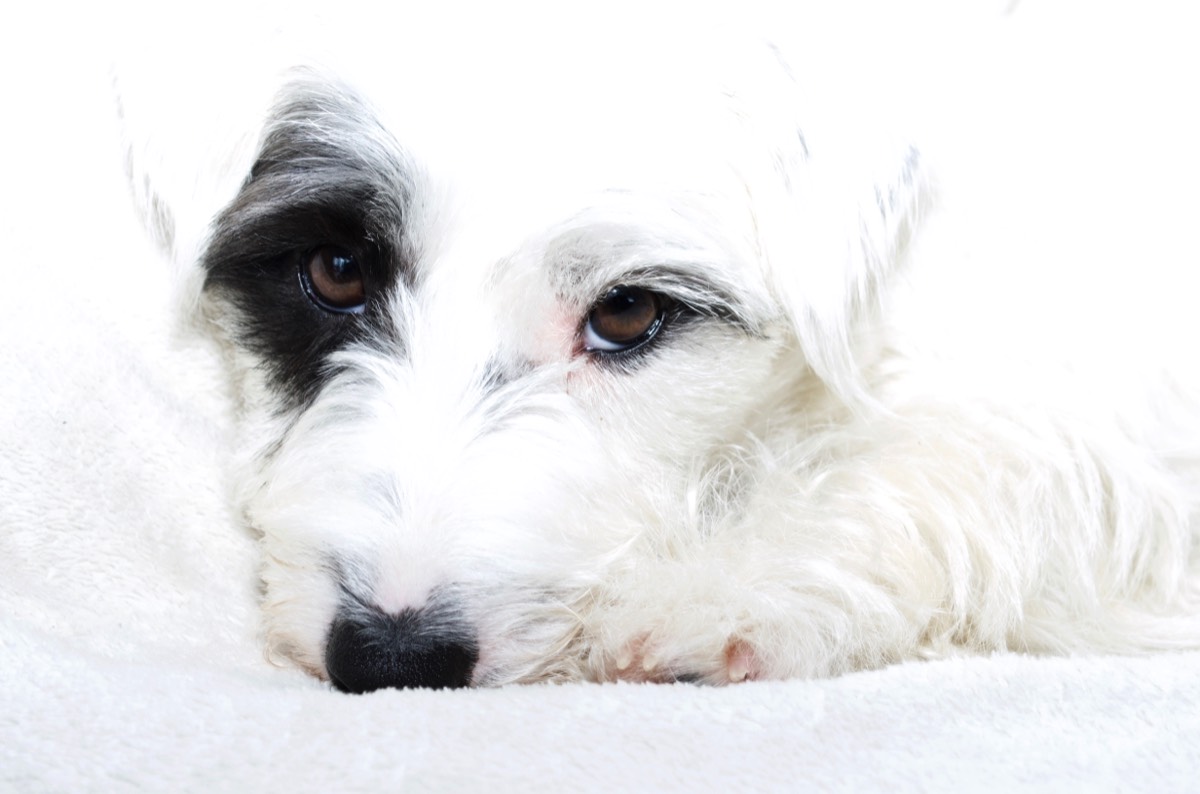
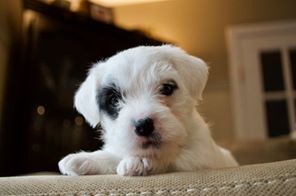

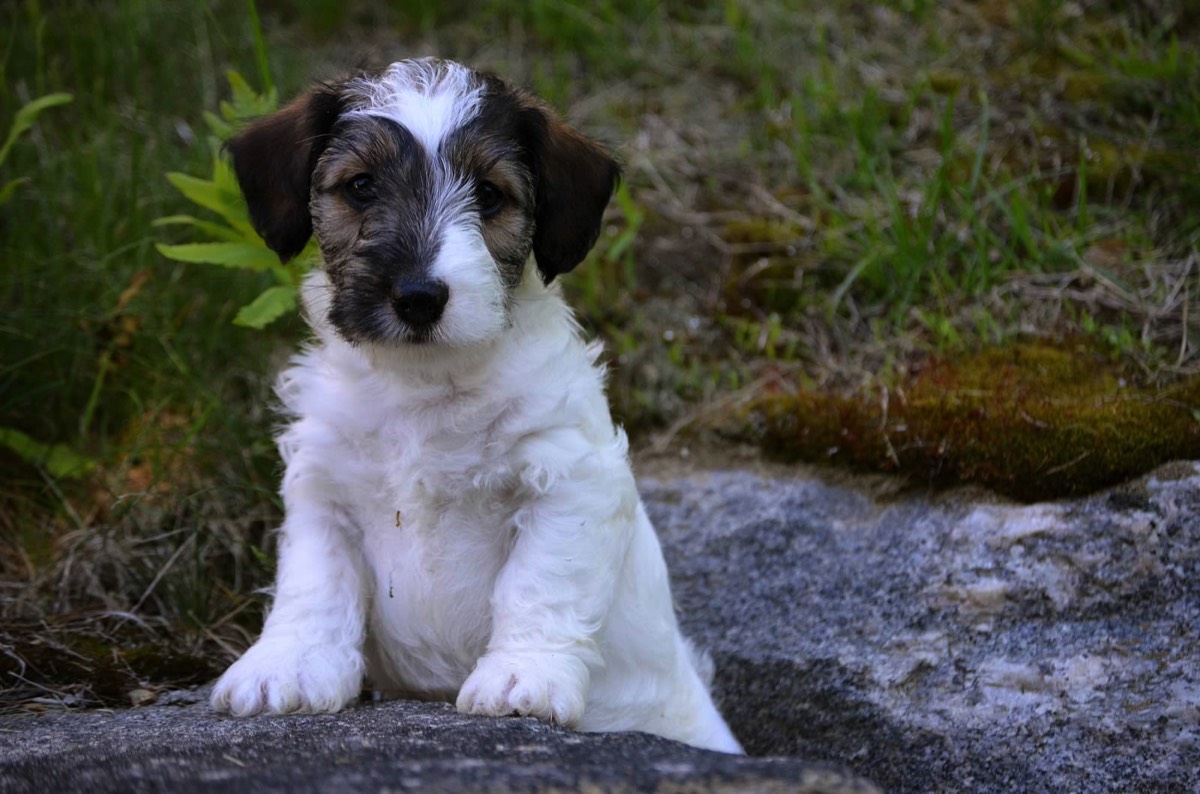
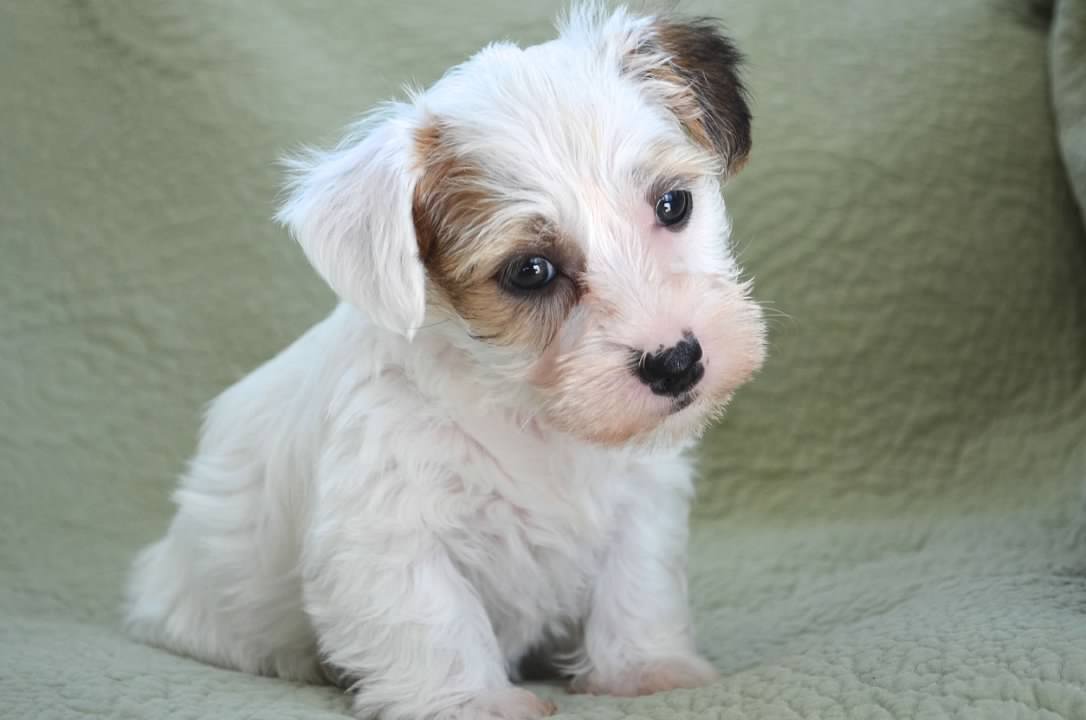
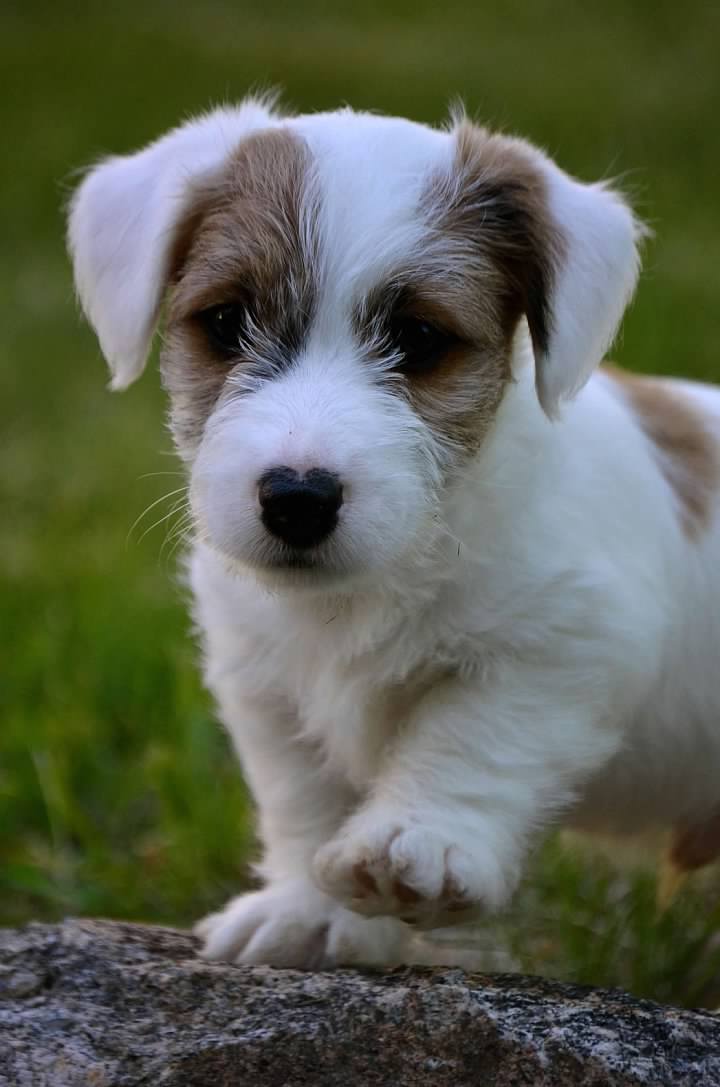
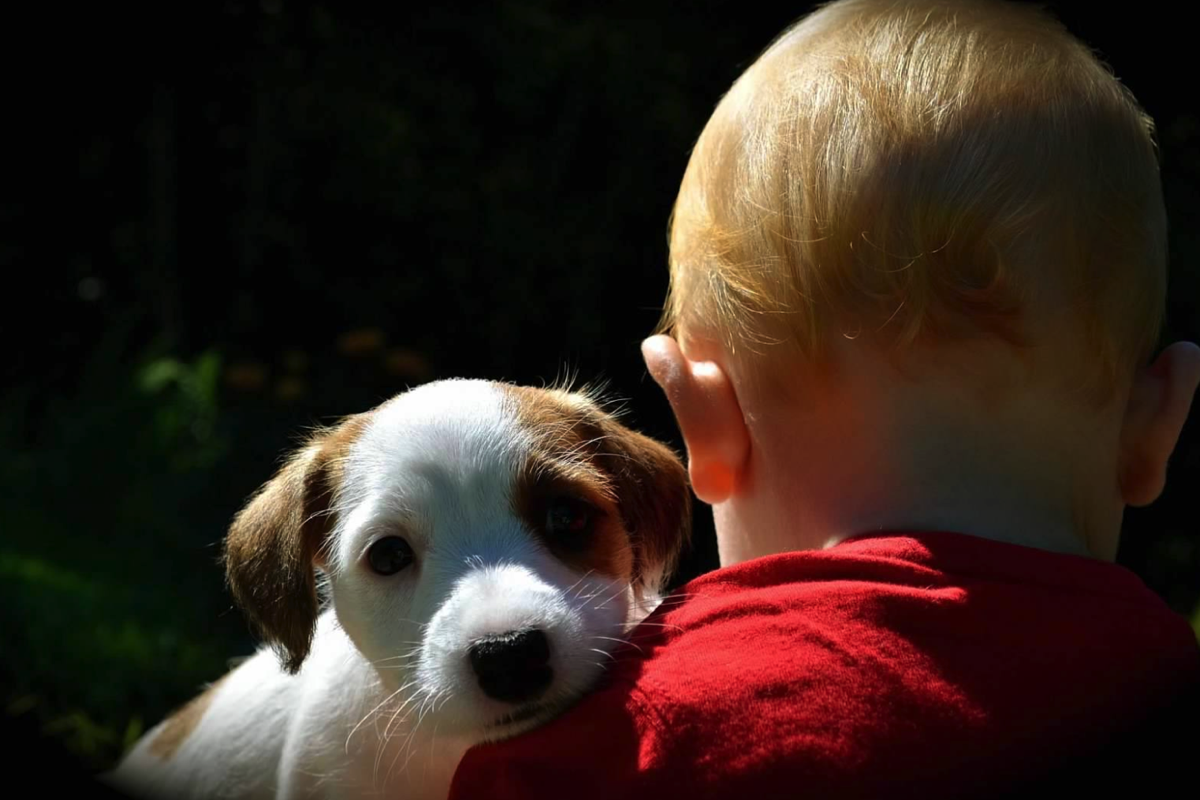
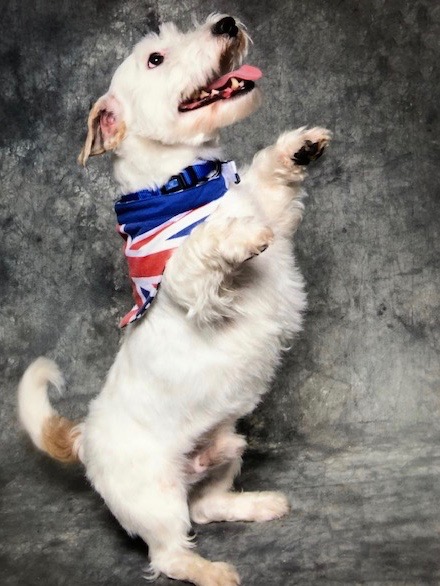
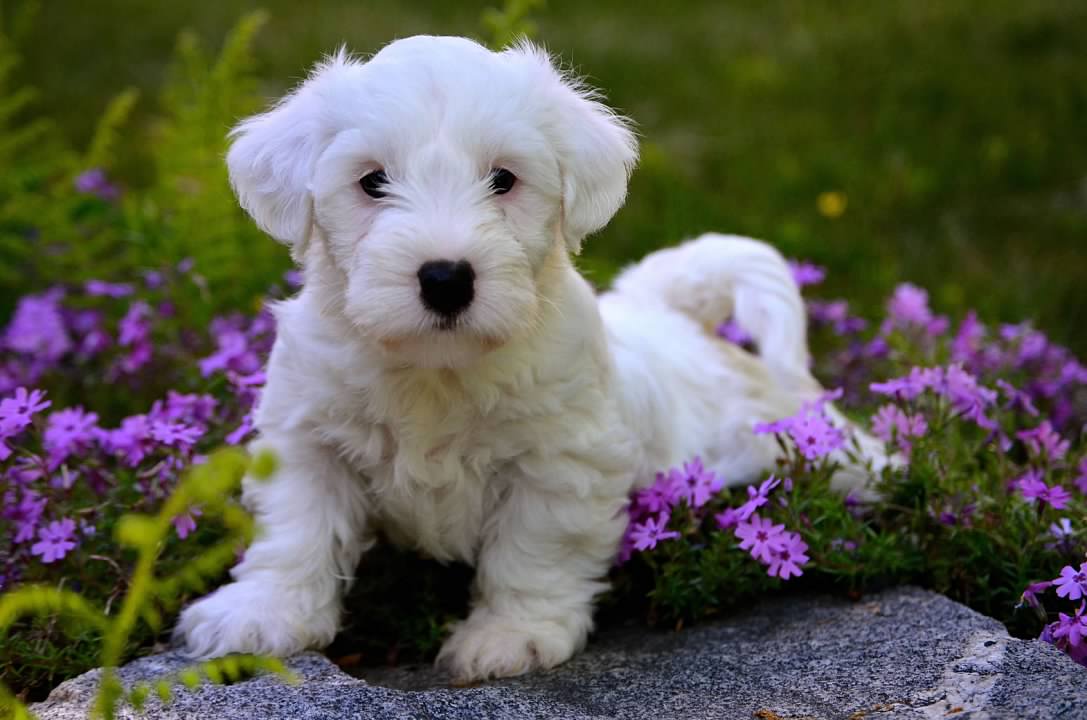
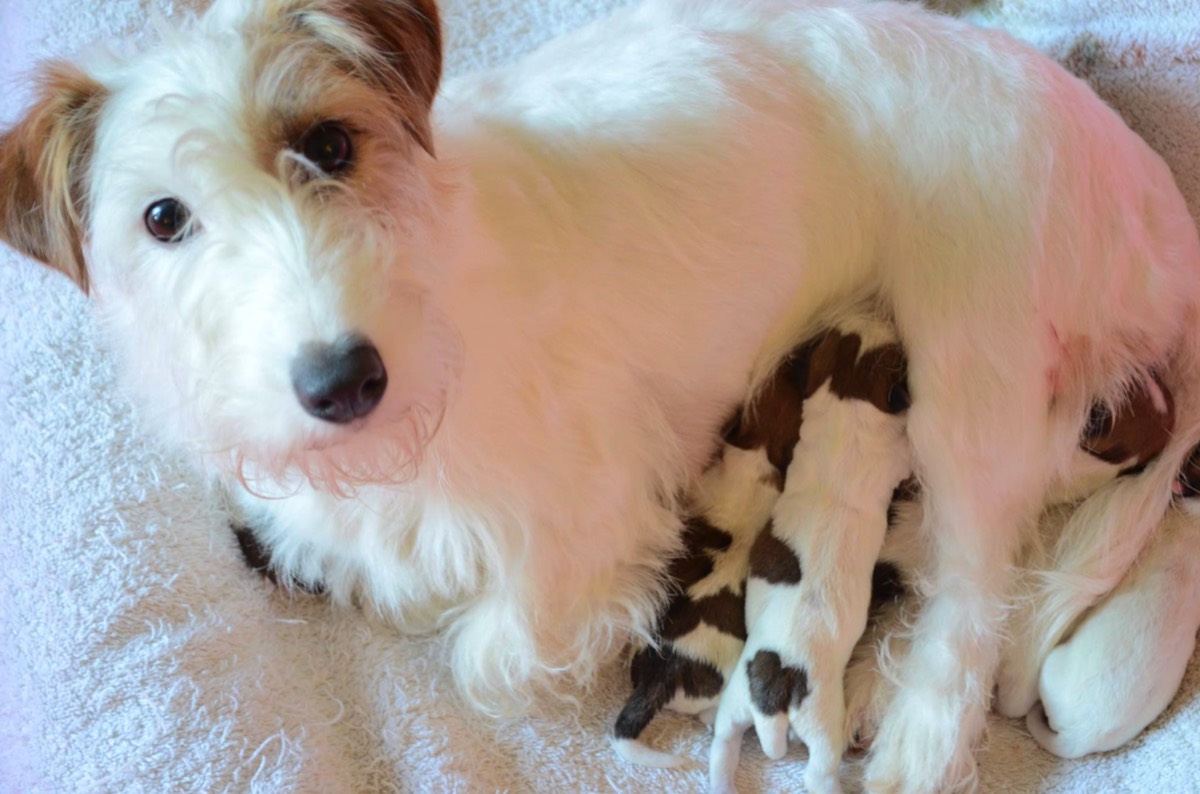
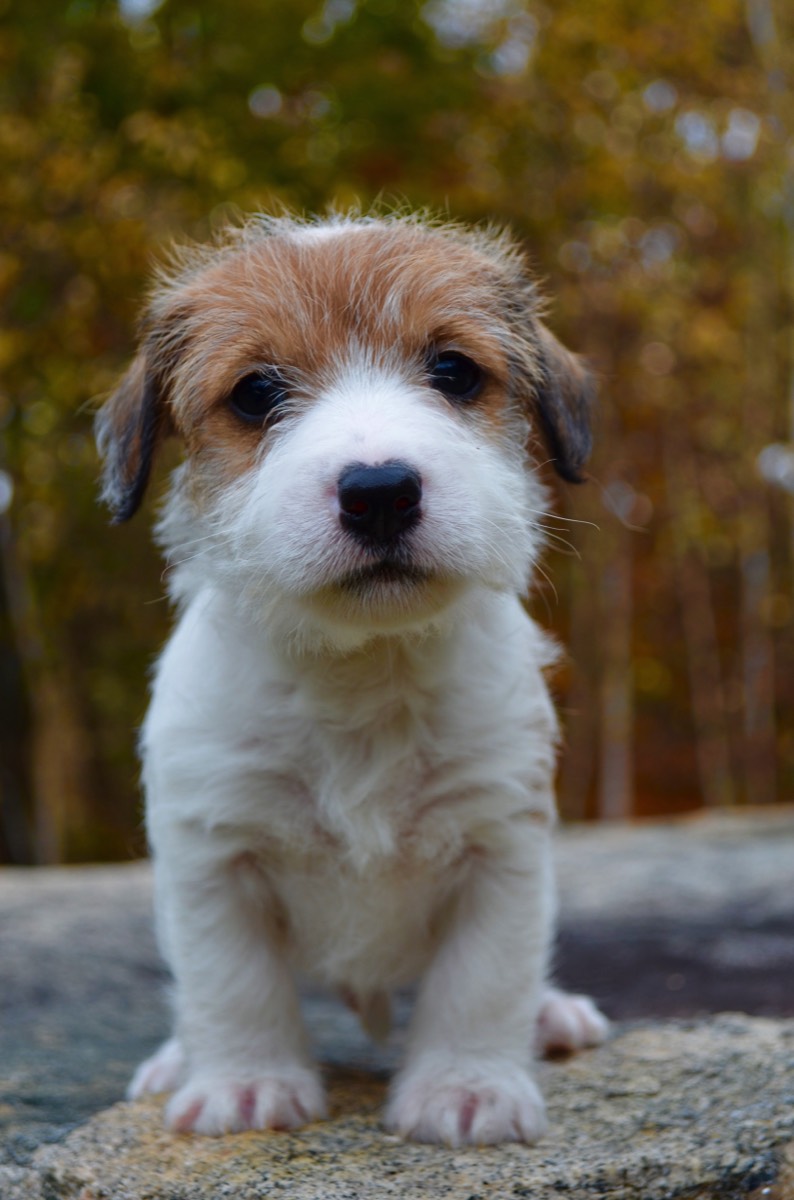
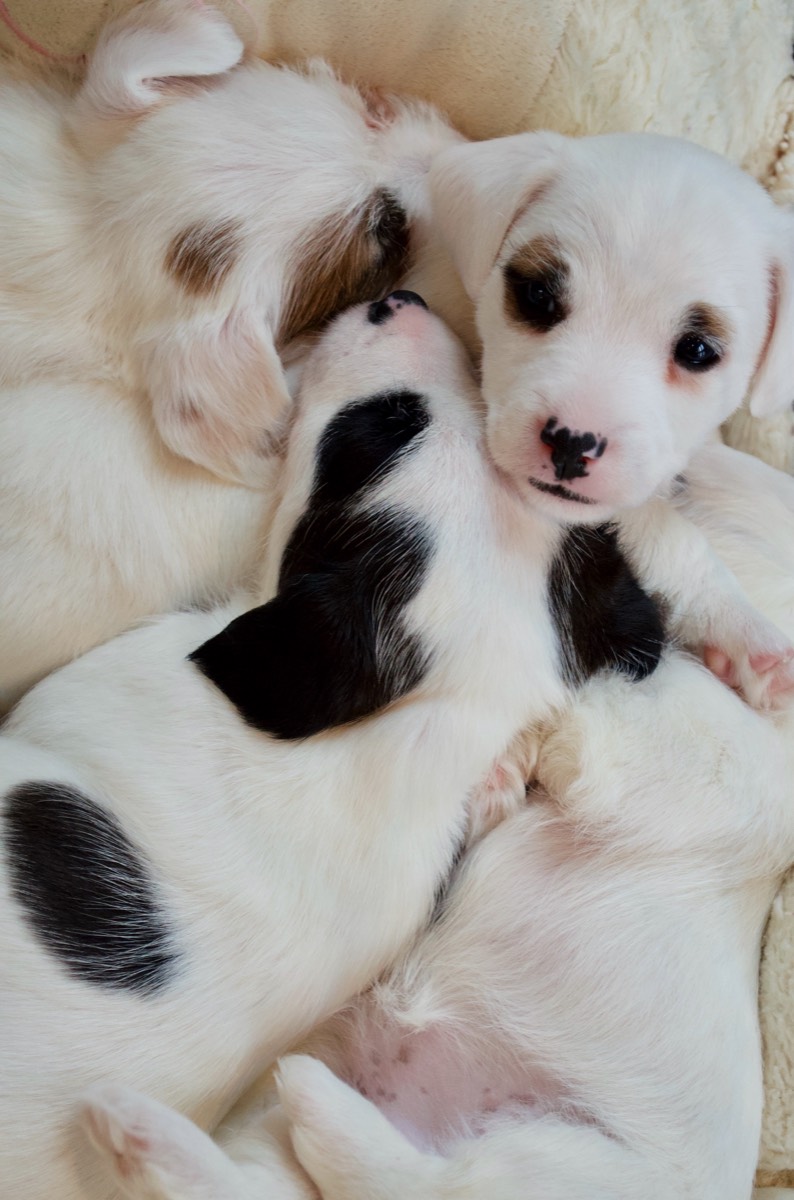
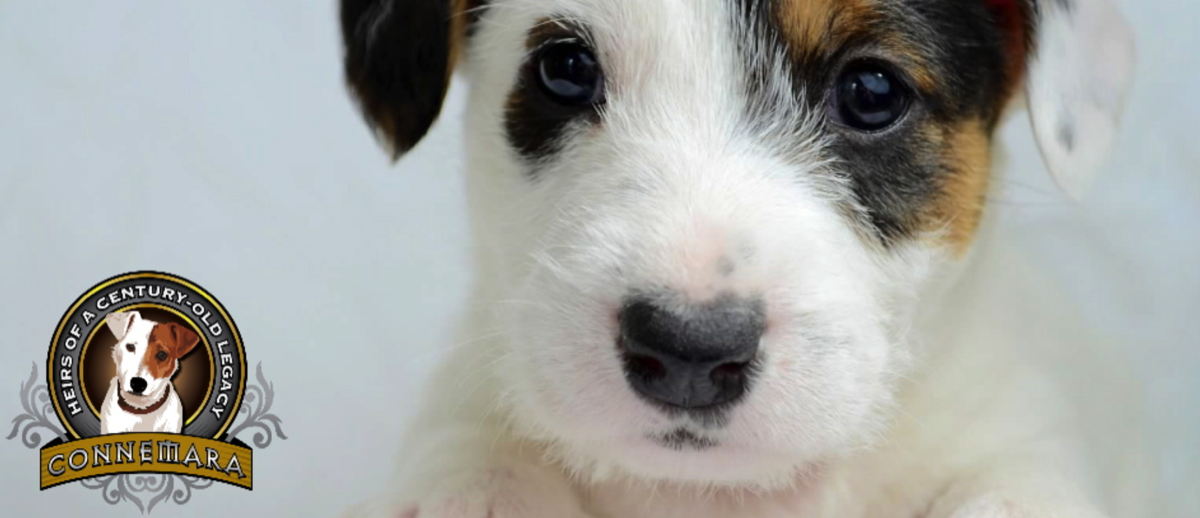
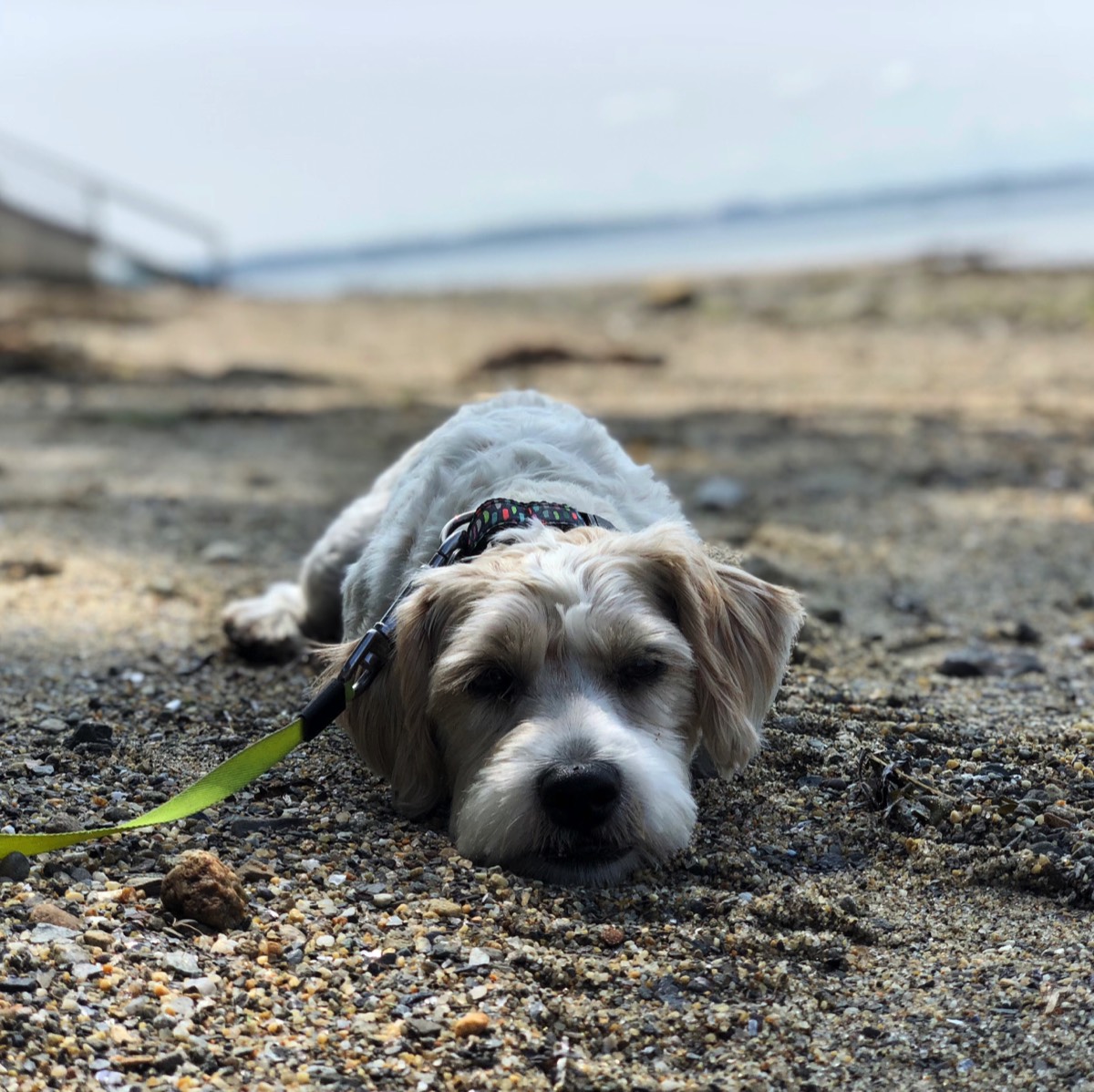
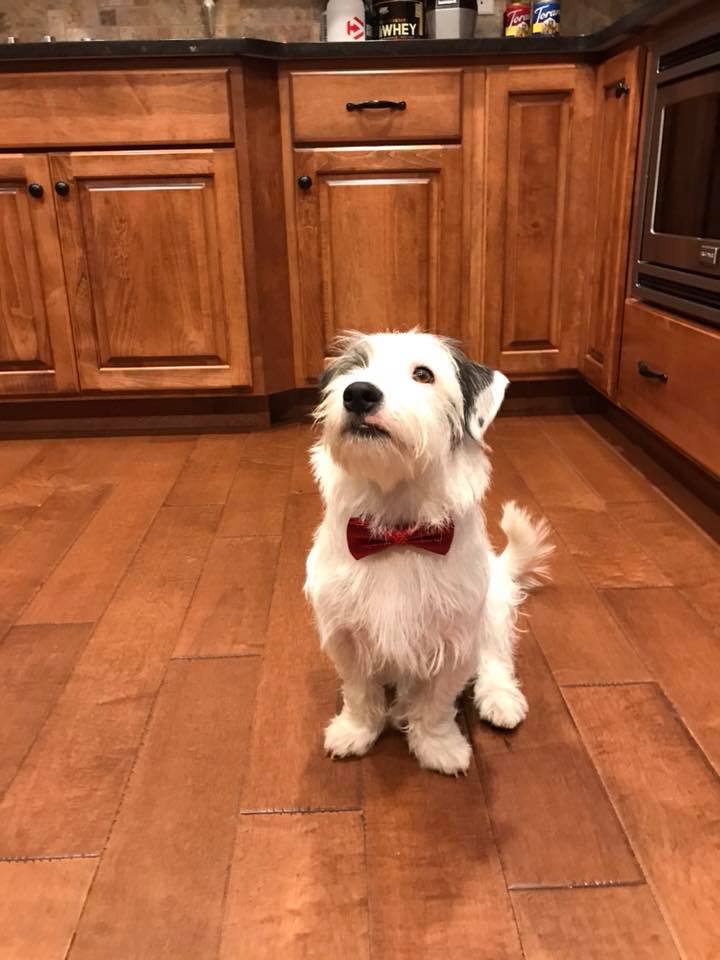
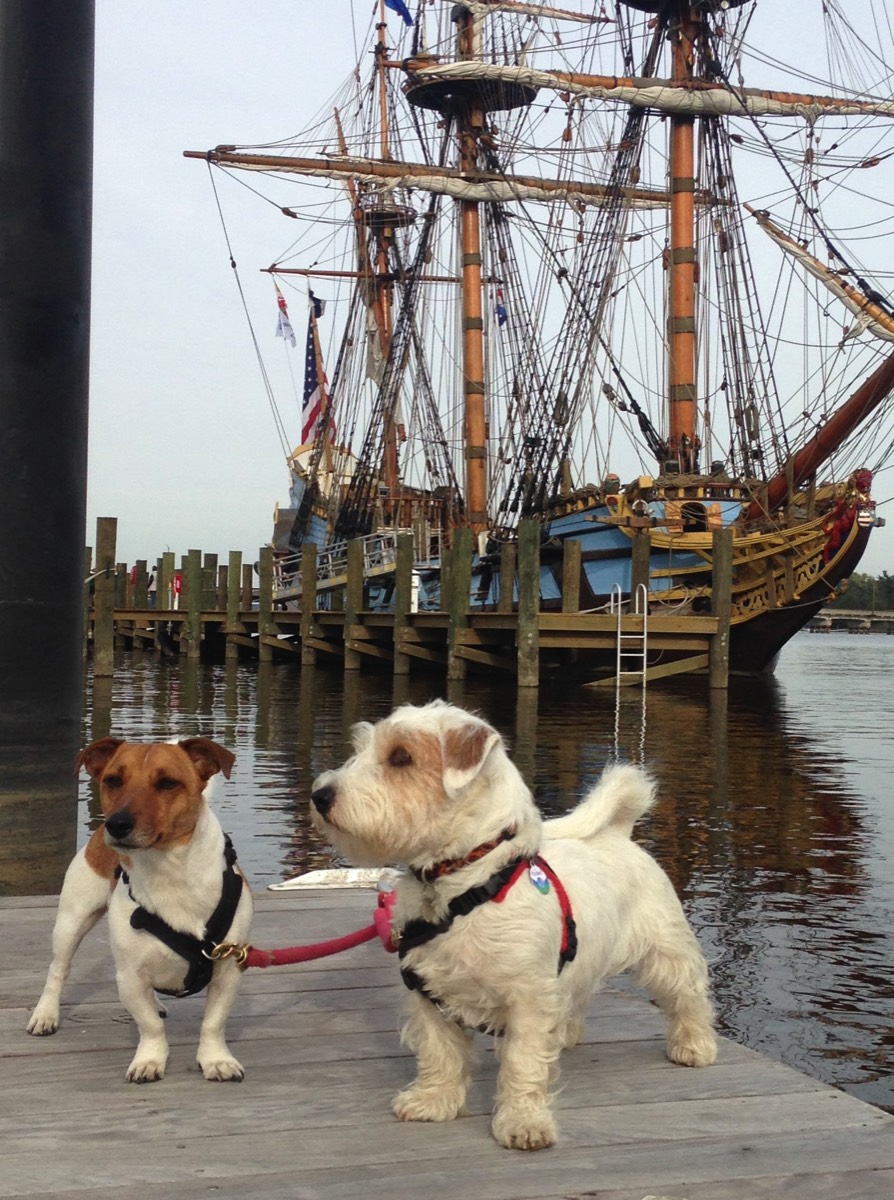
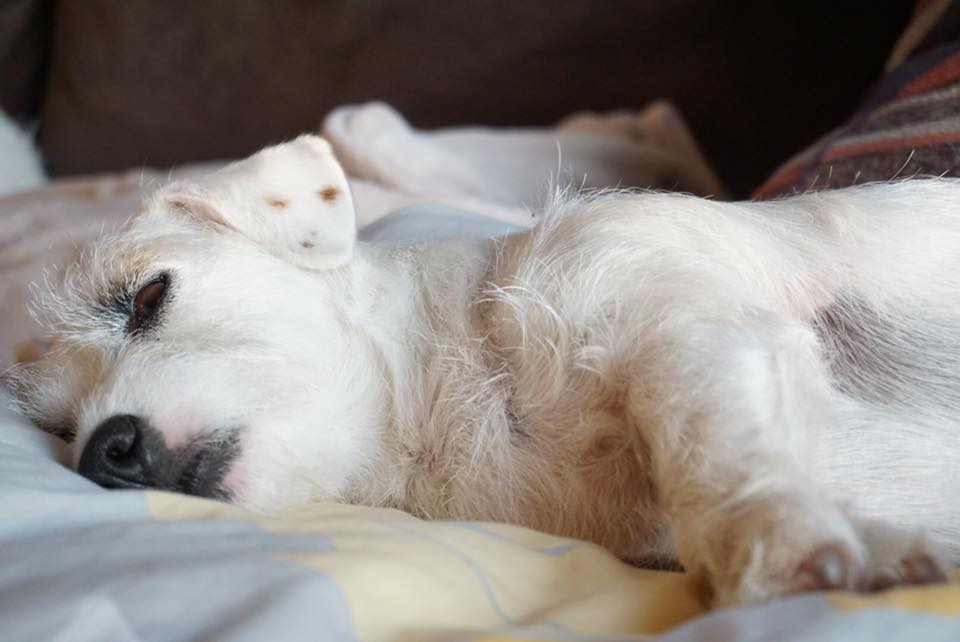
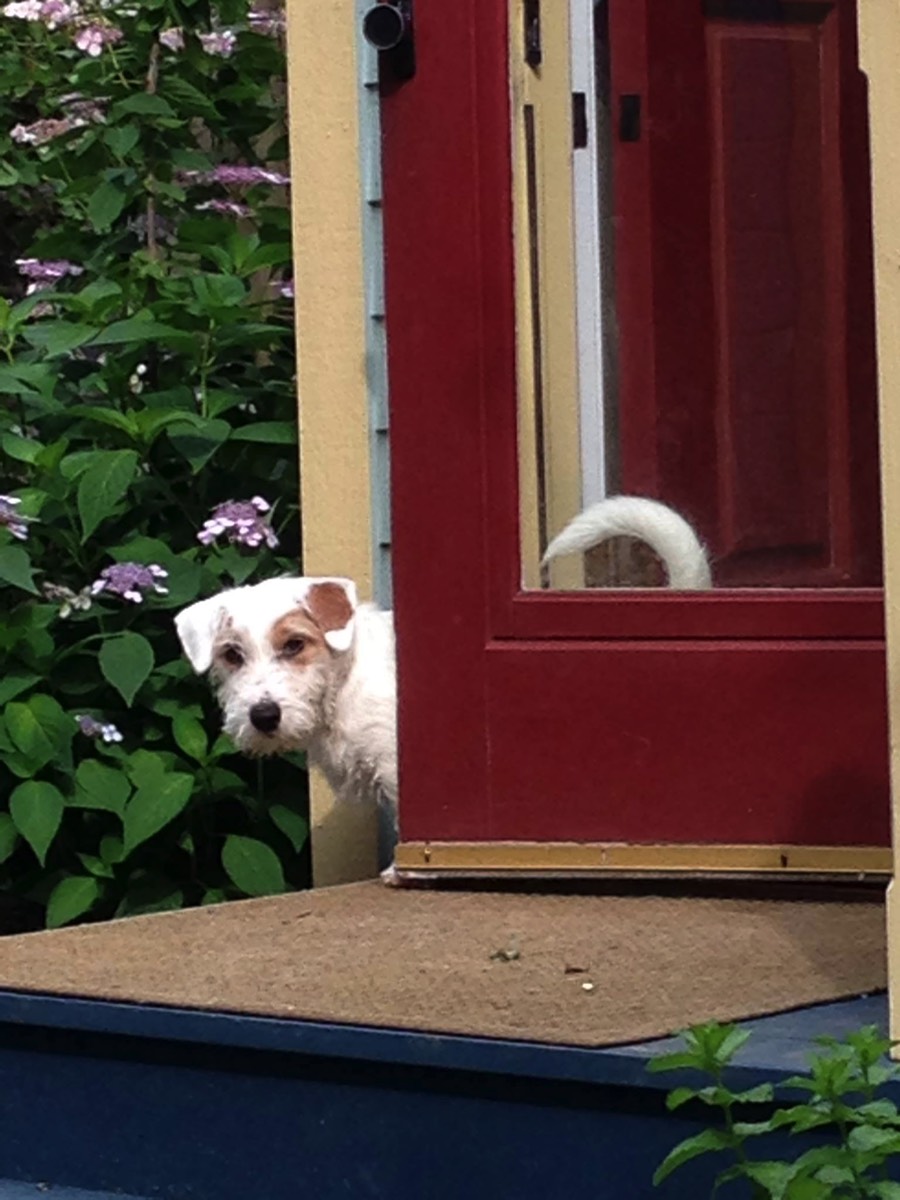
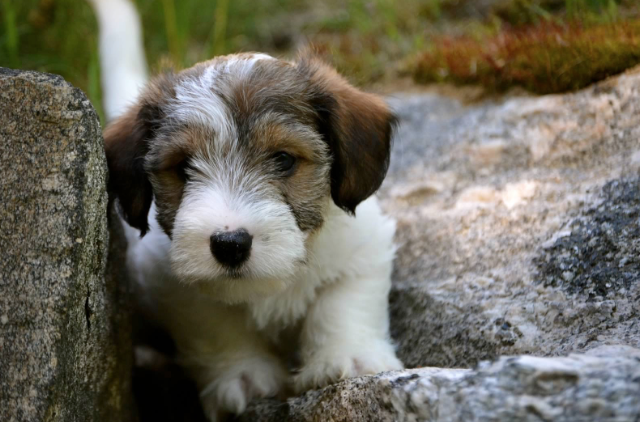
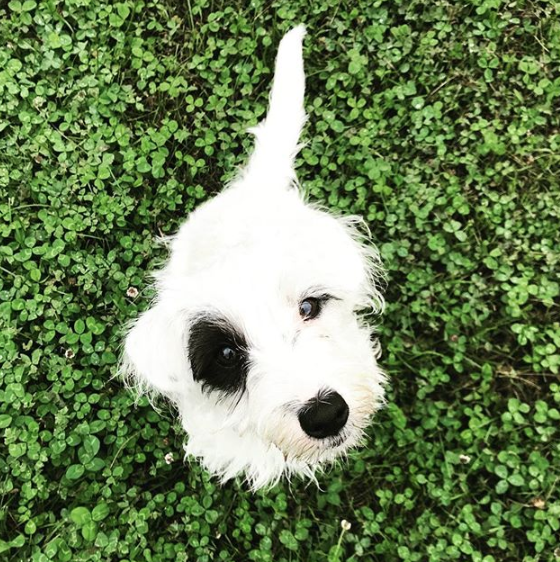
Plans for 2020; We will continue the Heritage project with F2b and start F3b breedings. Several photos below are of our Second Generation Heritage Pups.
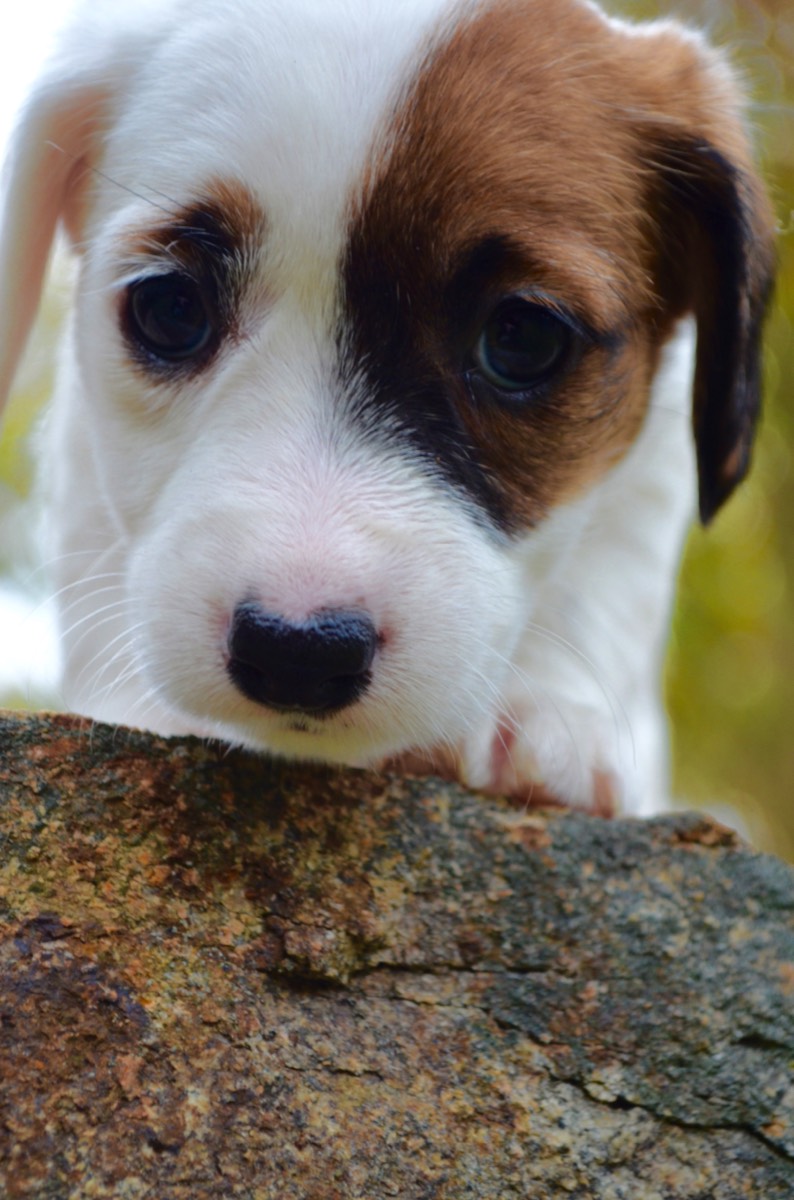
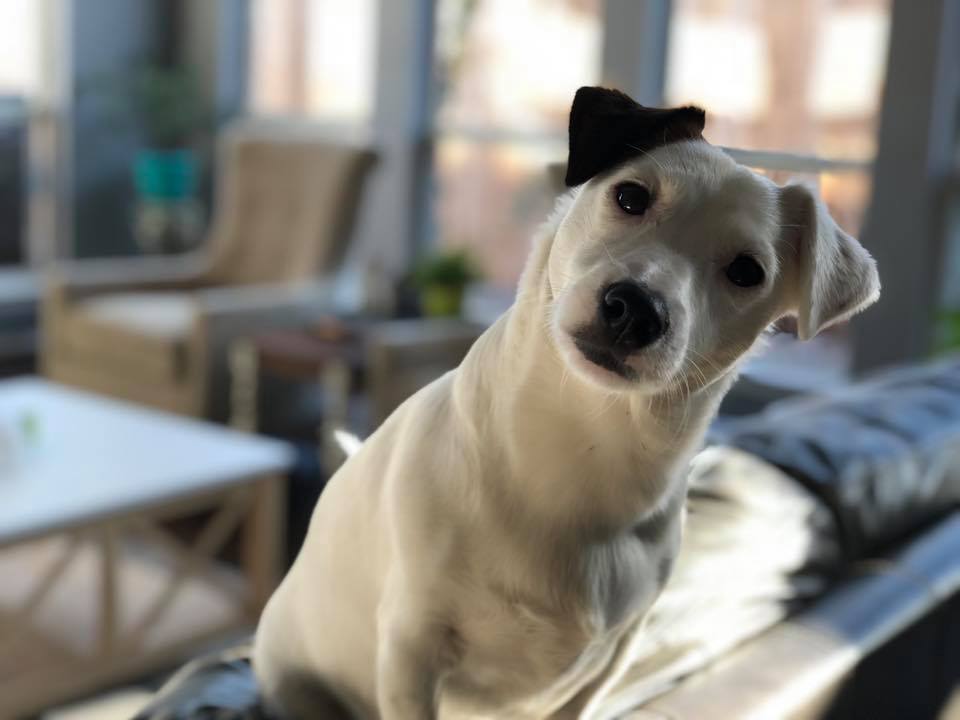
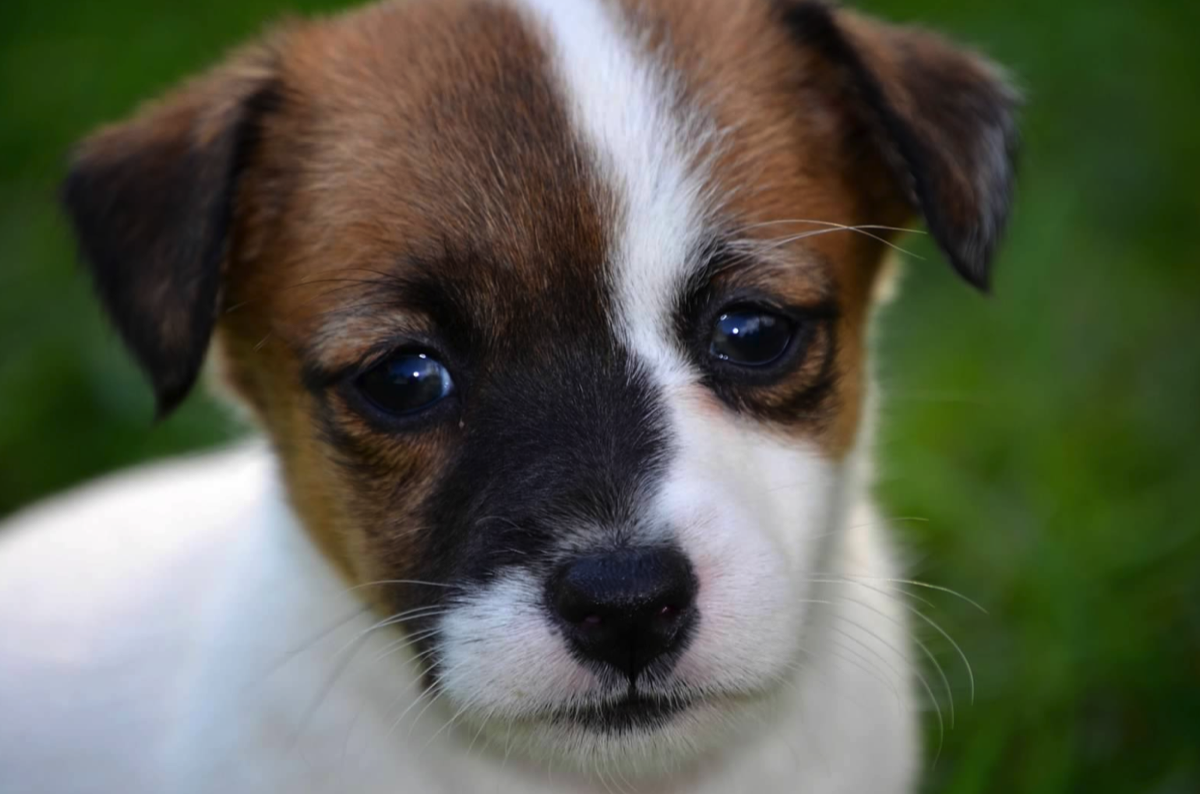
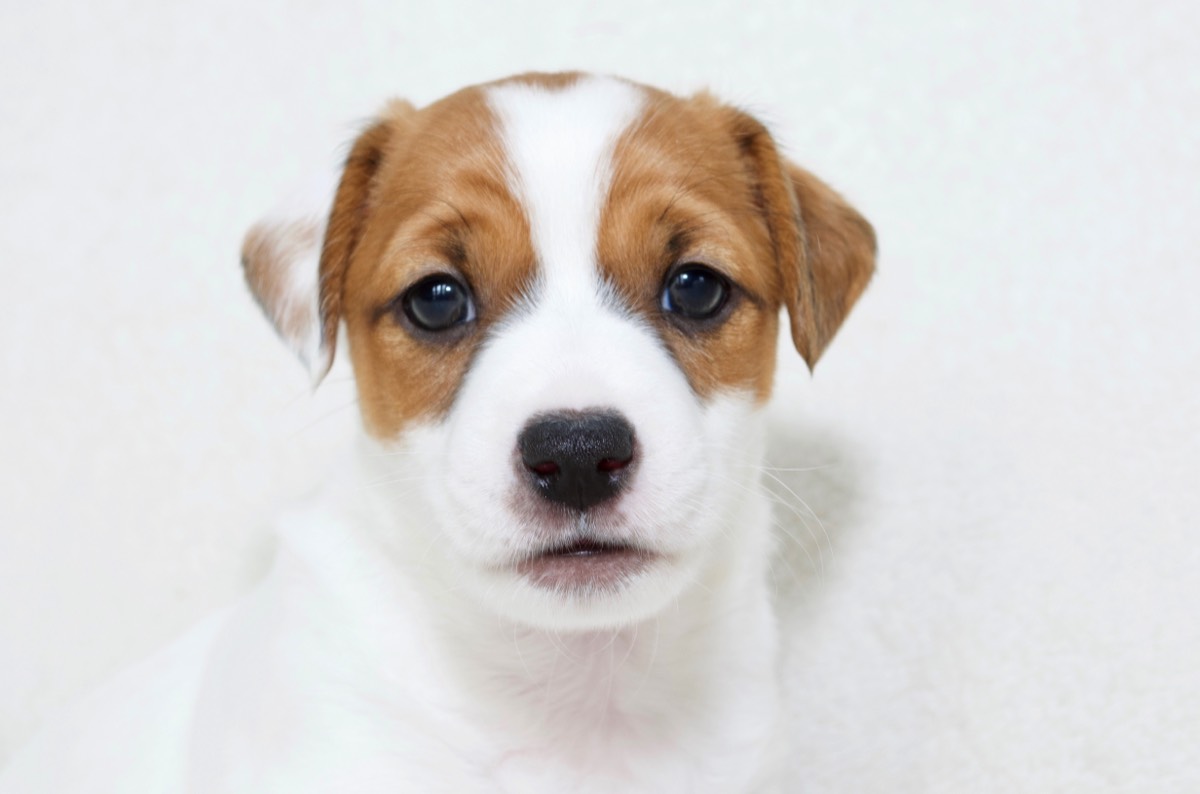
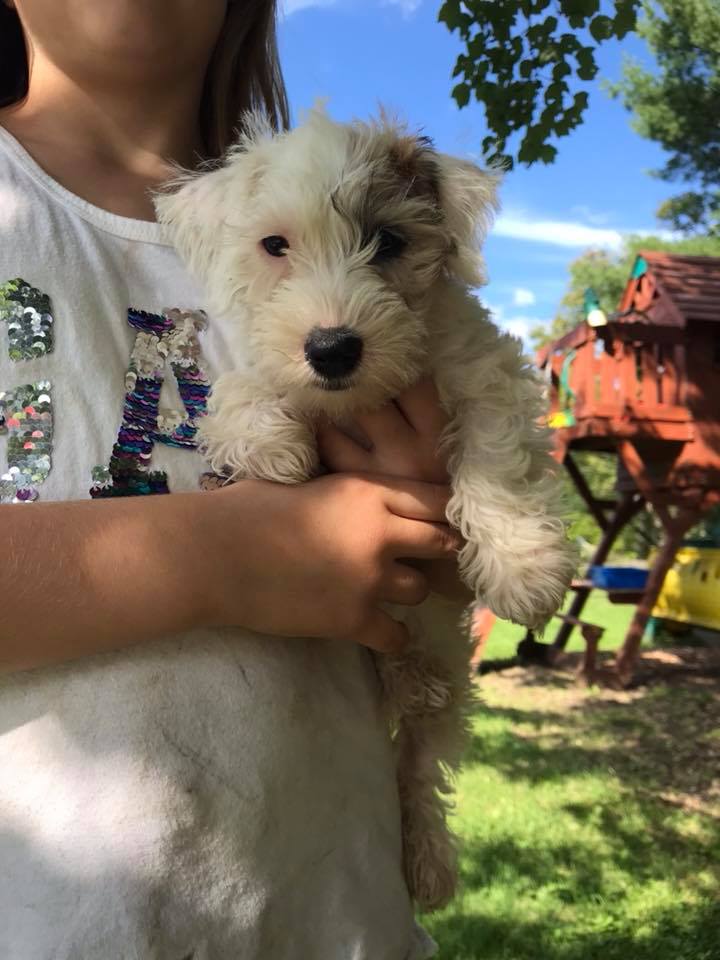
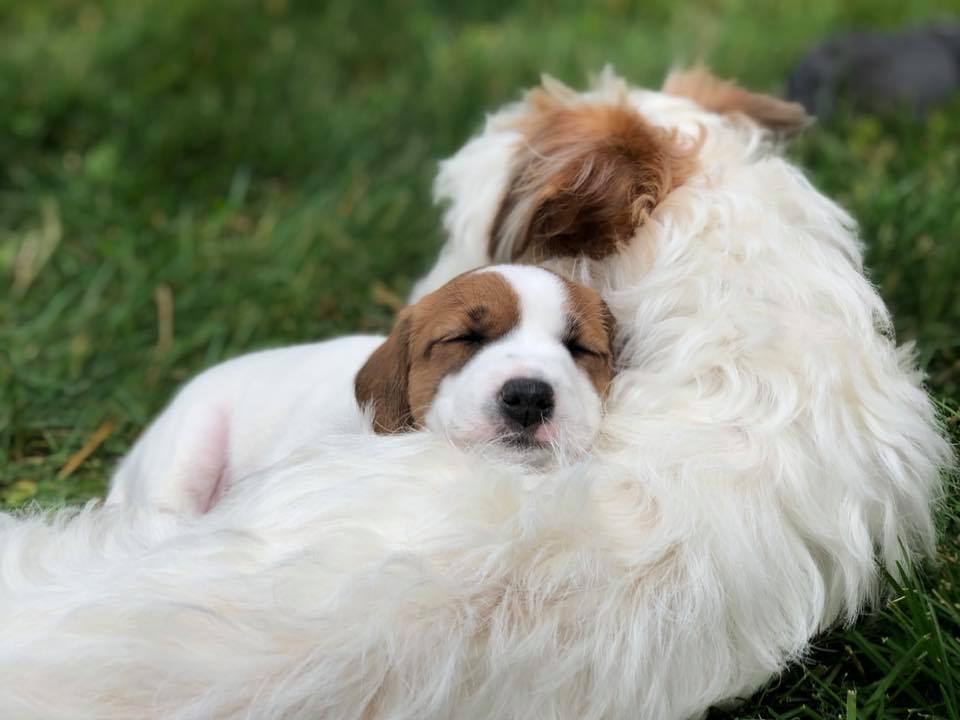
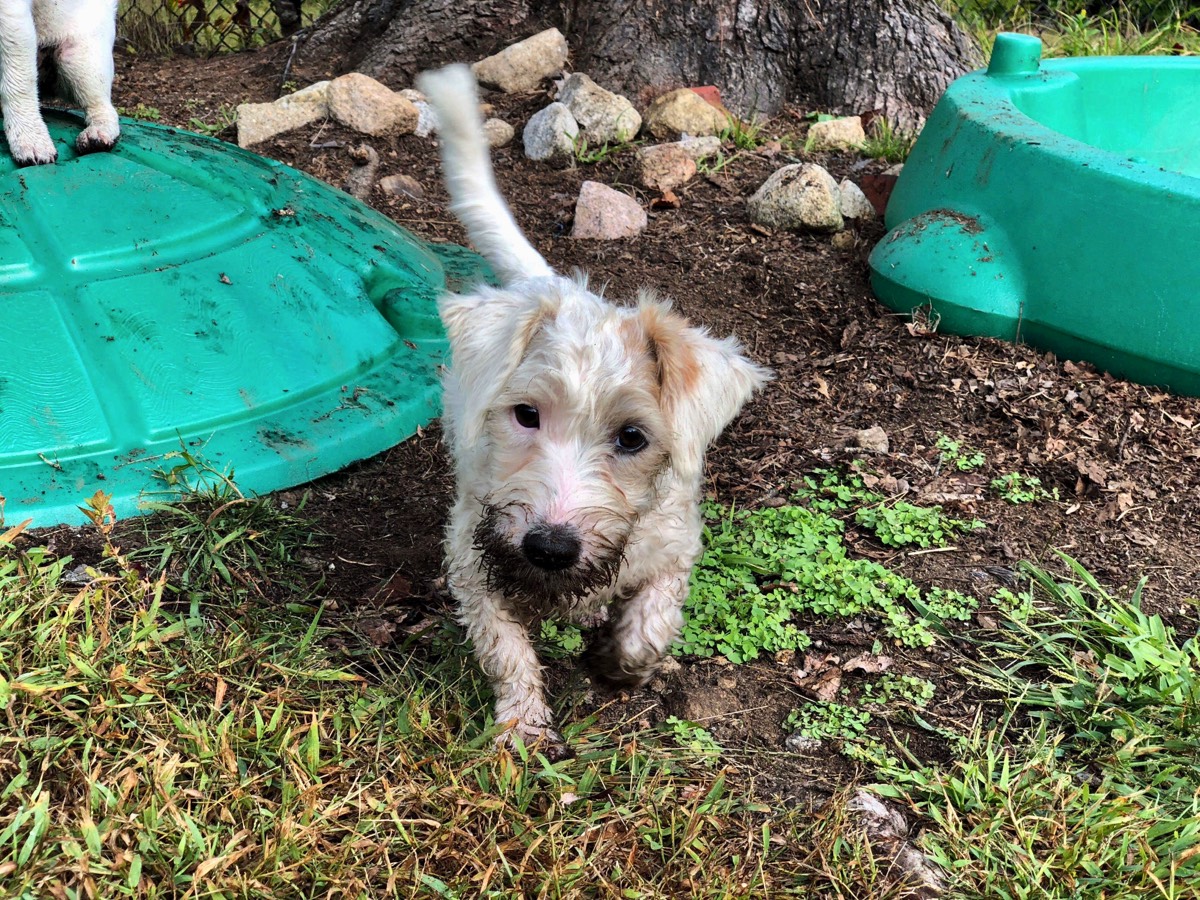
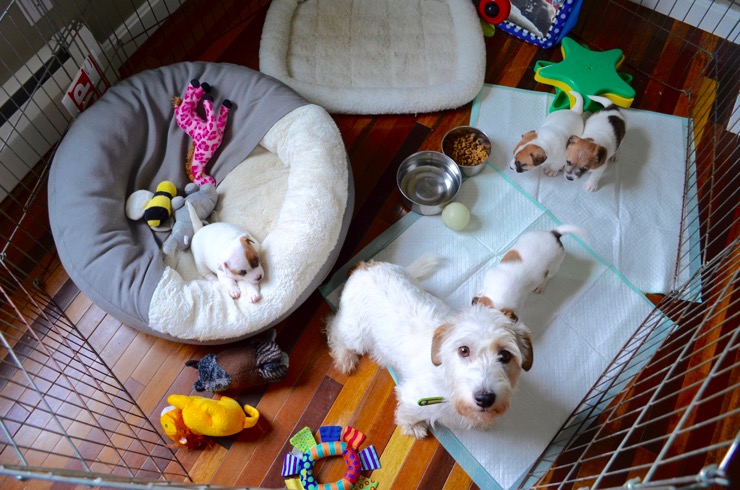
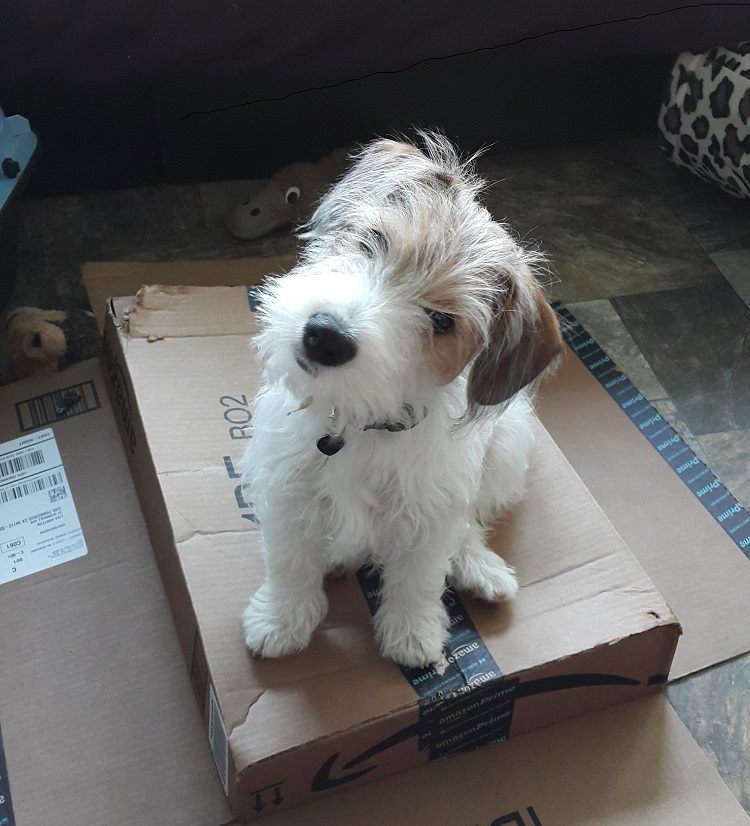
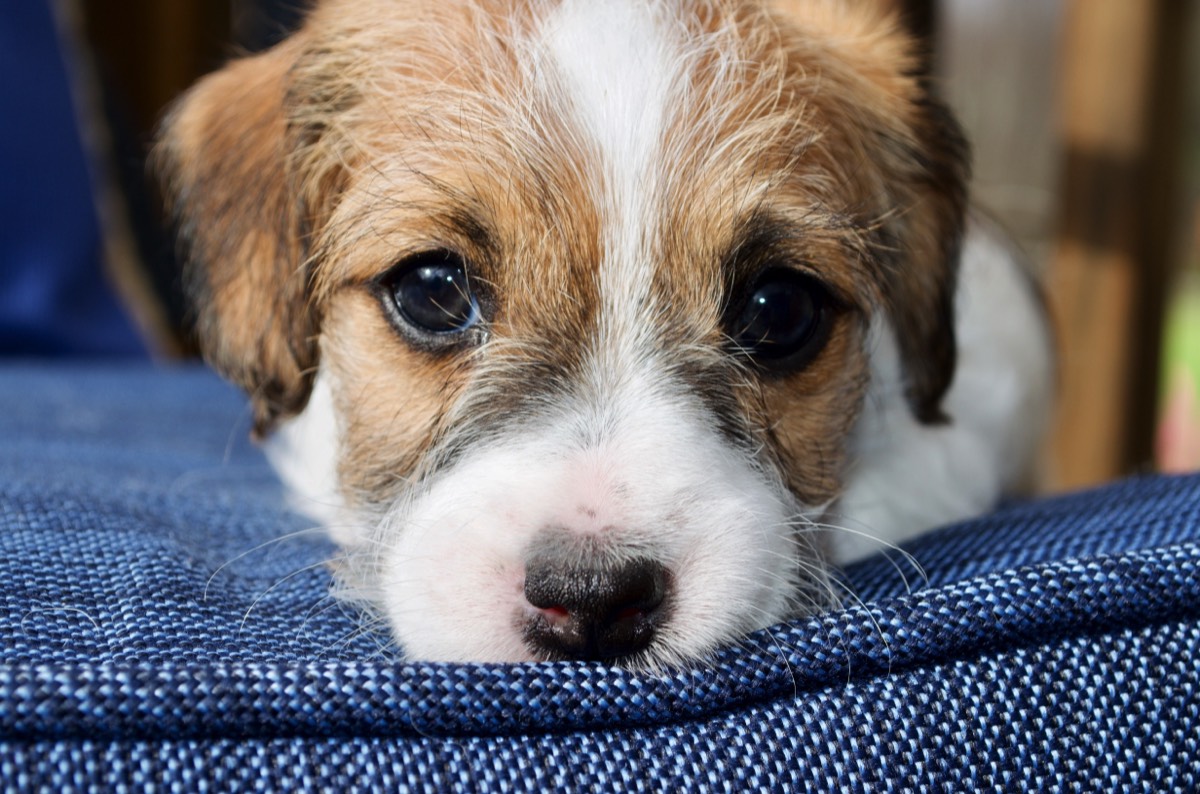
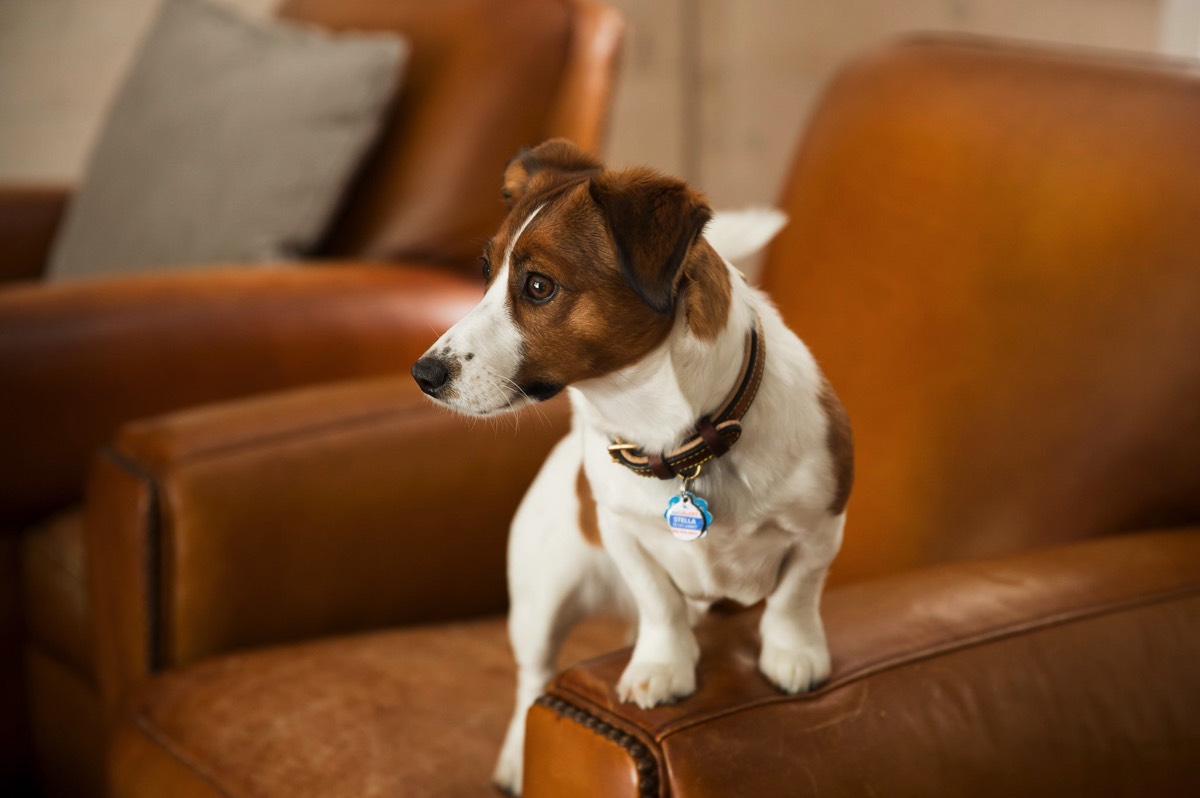
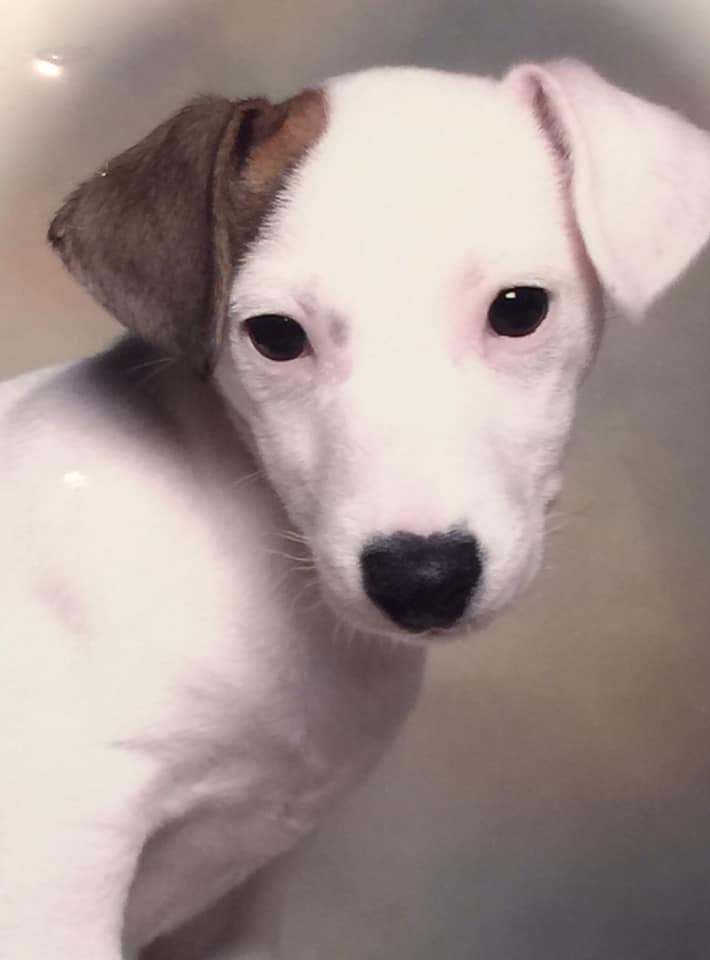
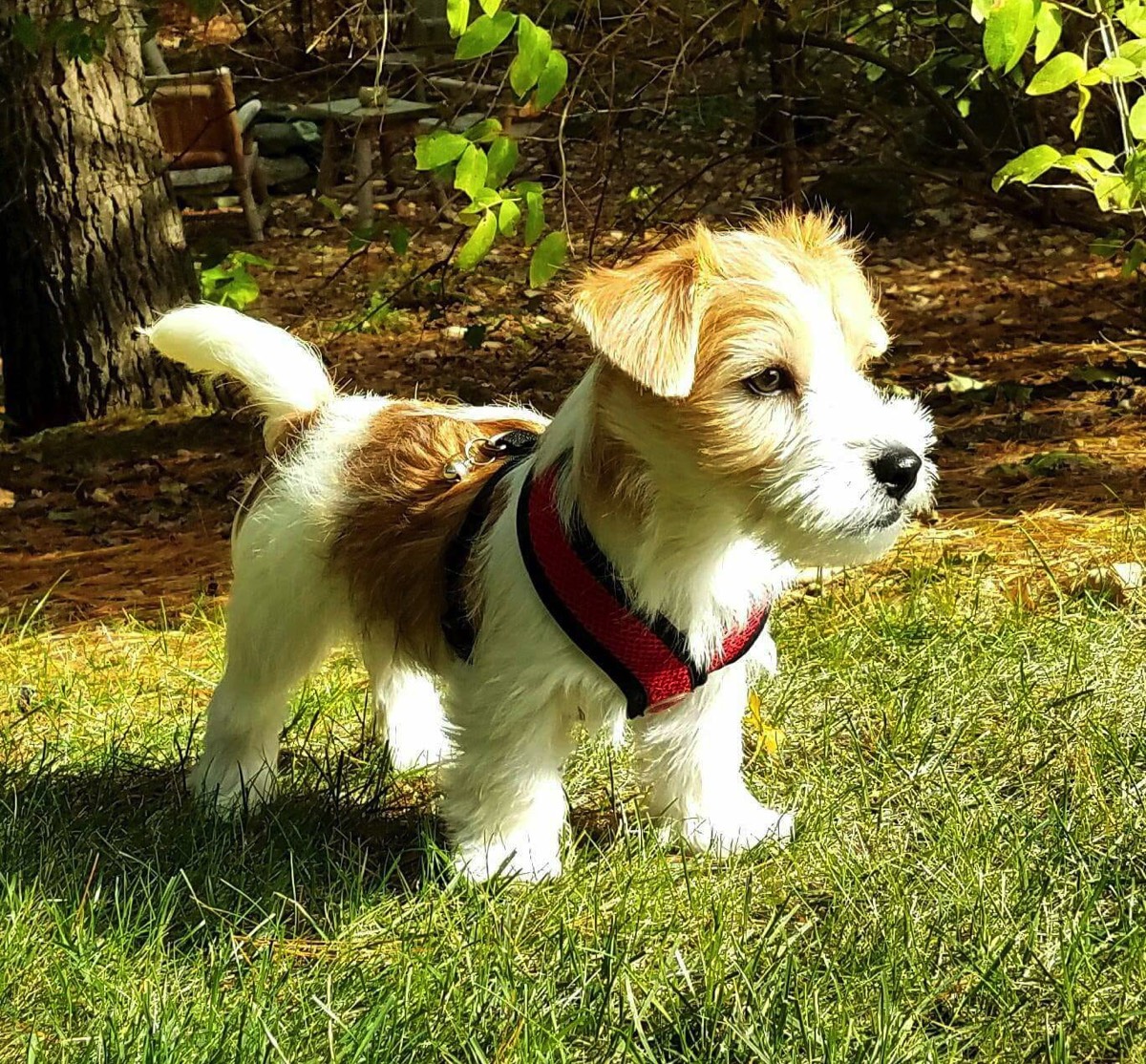
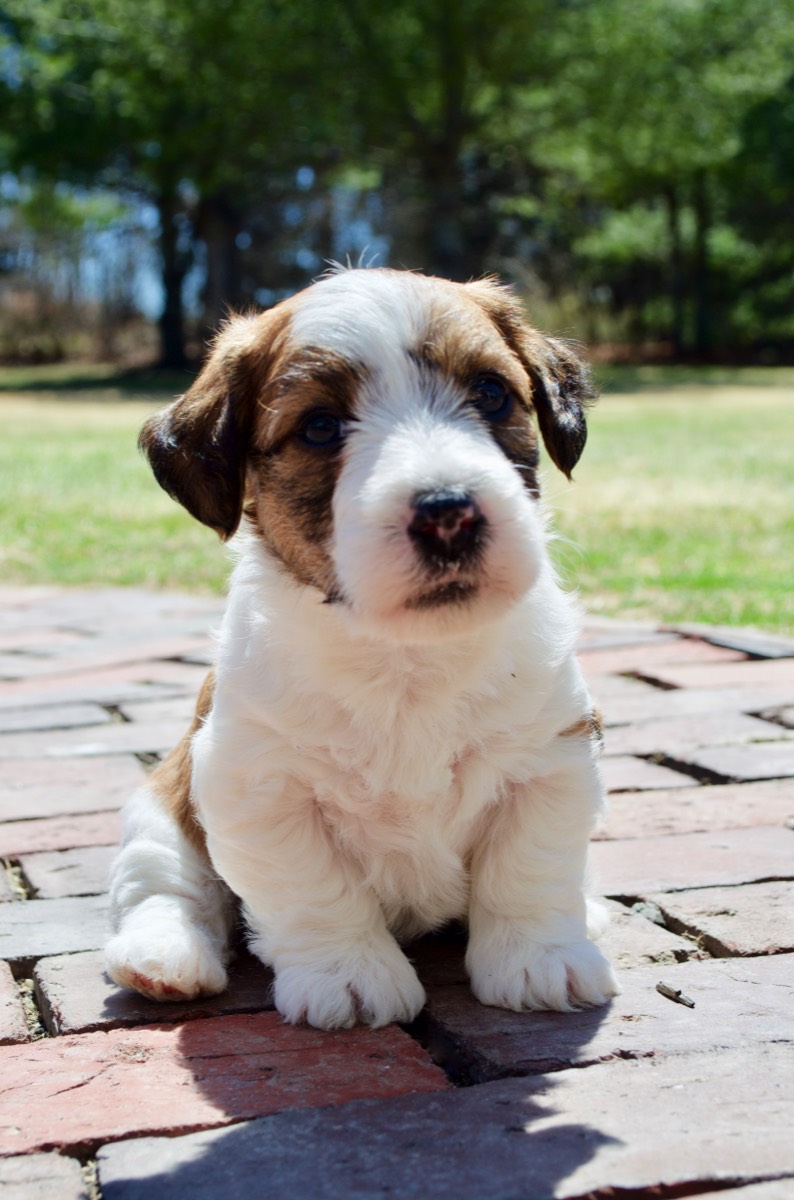
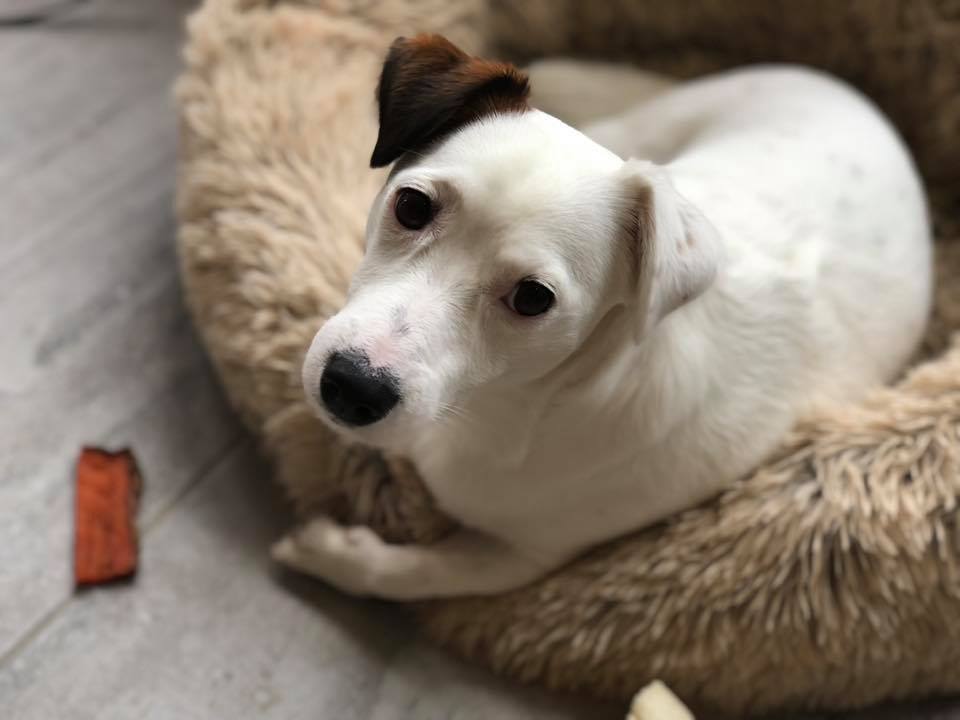
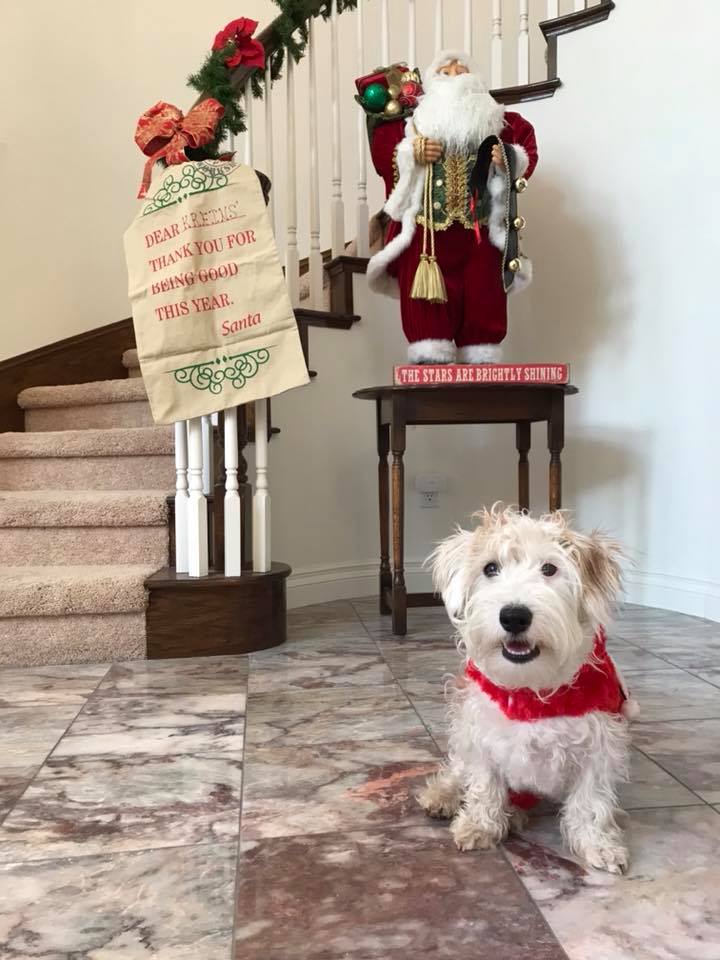
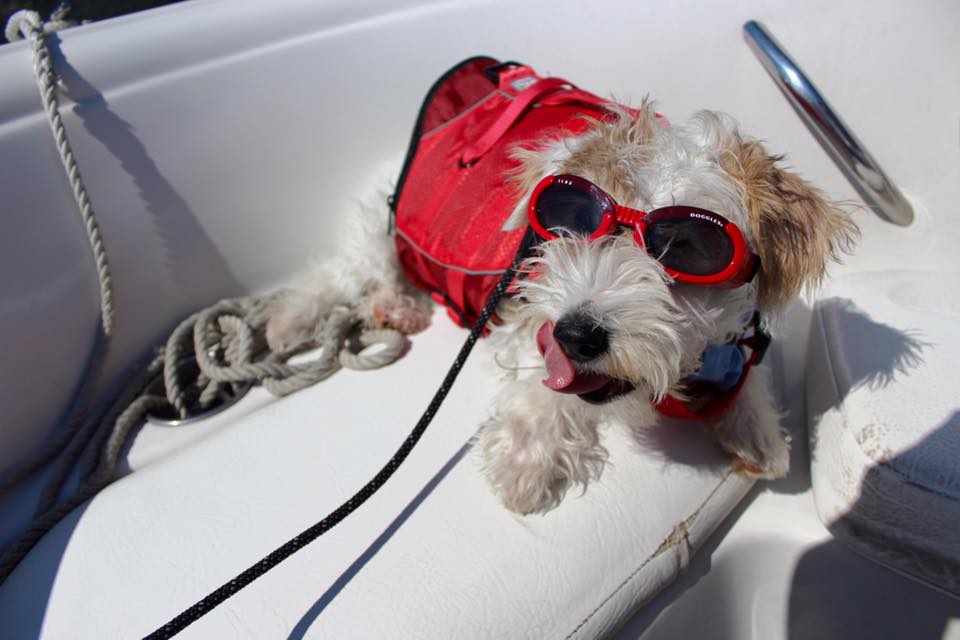
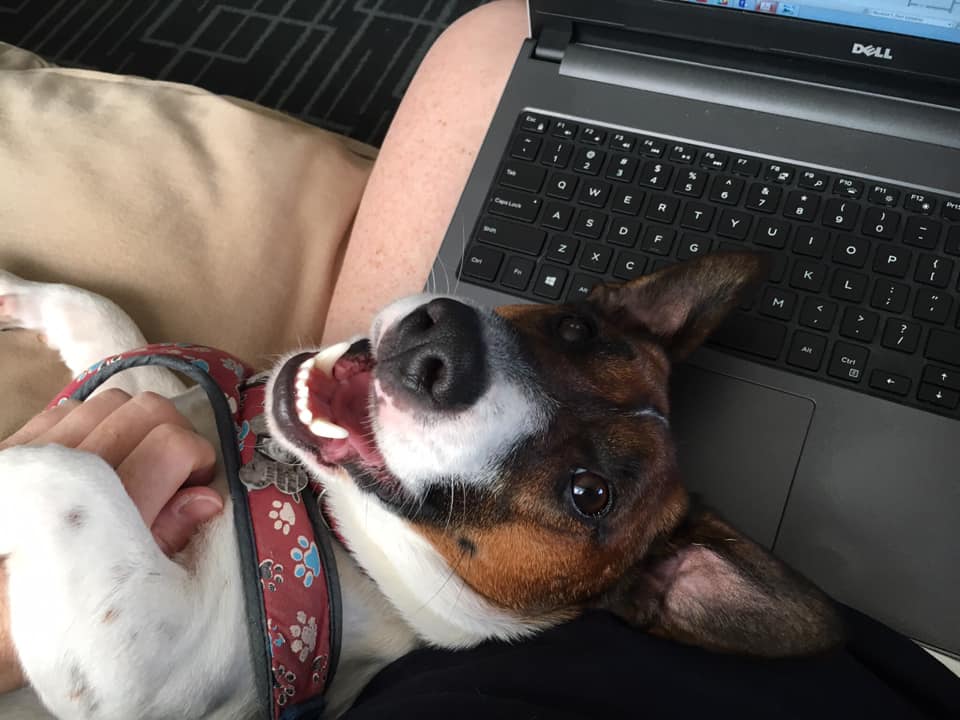
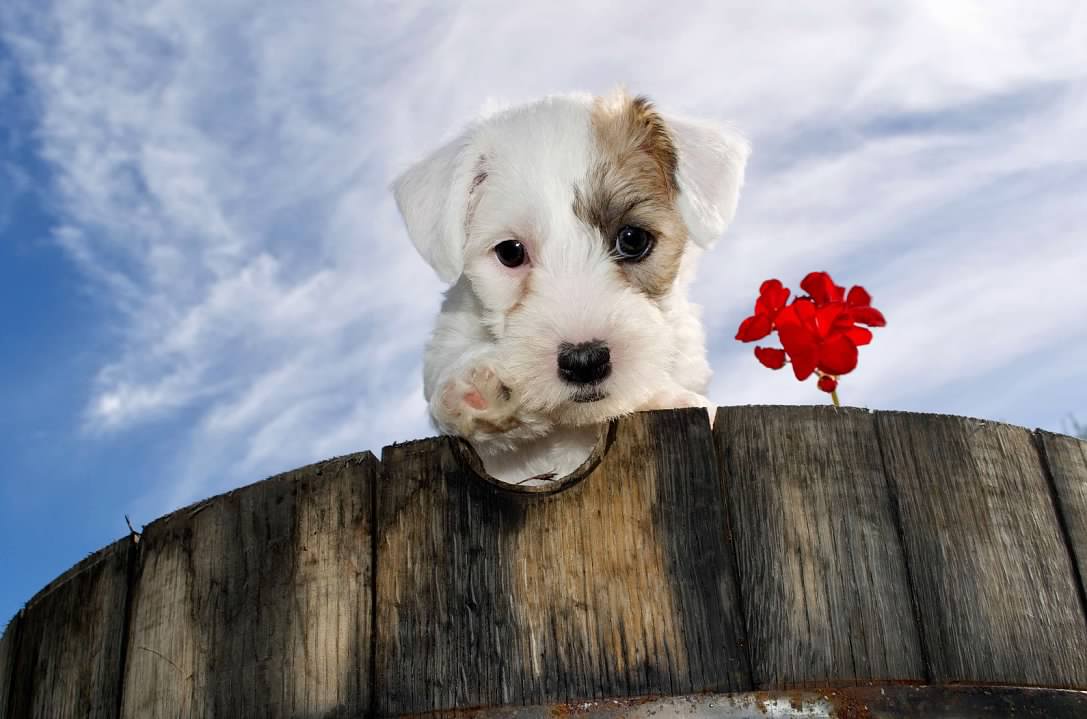
More about our Connemara Heritage Project:
All dog breeds we know today were created by man. Through selection, we have specific breeds that are hunters, herders, mastiff types, or tiny lap dogs bred for companionship. They come big or small, lean or brawny, agile or lumbering, and independent or loyal. Most of the breeds with which we are familiar were established in the 1800s by dog fanciers, using a small number of foundation stock that featured traits of particular interest. Strict breeding programs were designed to expand populations with desirable traits and led to the development of what we know as "Pure Breeds." One significant problem with pure breeds or strains is that if their population is small, there is limited phenotypic and genetic heterogeneity. In plain English; There is a limited or shallow gene pool.
Part of our mission is to develop a deeper gene pool of Connemara Terriers while bringing them closer to their roots and we will continue to use science to reduce Jack Russell bred-associated health risks. Health evaluations are a vital component of this program; assessing the health of each breeding-potential Connemara as well as tracking the health of each litter. This ongoing evaluation of terriers produced in this program will ensure a robust line. We have selected parent dogs from among those that have the best record of producing healthy puppies with sound temperaments.
The Connemara Heritage Project (CHP) is a project of hope: specifically to increase genetic diversity, maintain the high quality of health, and obtain a consistently even temperament, resulting in a reliable, true Connemara Terrier. This project is very important to us and has been years in the making.
Some dogs we easily recognize today by sight and were actually never intended to be a "pure breed", cookie-cutter dog bred only for appearance, but rather a loose type/style of dog bred as much for function as for form. The true Jack Russell Terrier would fit into this category. In the last decade there has been a hard push to standardize the Jack Russell and limit it to one particular look. As a result, we now have registered AKC/UKC Parson Russell Terriers and Russell Terriers. The Jack Russell Terrier Club of America (JRTCA) still refers to them as a Jack Russell Terrier and even smaller groups refer to them as English Jacks or Irish Jacks. The Jack Russell was never meant to be categorized in these ways; It has always been a type/style of terrier that varied greatly depending upon the terrier's purpose. We use the name "Connemara Terrier" simply to describe our type/style and bloodline of Jack Russell. We are not implying in any way that it is its own breed.
FACT: In the late 1990's there were only roughly 30-40 Connemara type/style breeding "Irish" Jack Russell Terriers in the entire USA. The number was at a critical low. In order to increase genetic diversity and avoid significant inbreeding, an additional old type/style Jack Russell Terrier line from Ireland was brought in around 2003. The idea was to breed the additional line into the existing line to keep genetic diversity. Since then, this cross has been in existence and has been used to keep the gene pool healthy and avoid close inbreeding to keep the Connemara going. Most other breeders claiming to be breeding Irish Jack Russells that suddenly popped up after 2002 were actually not genuine, as in from an old established irish line, but rather brought "across the pond" to peddle Irish imports bought by the litter with no regard to bloodlines. We will not be using any of their lines in this project.
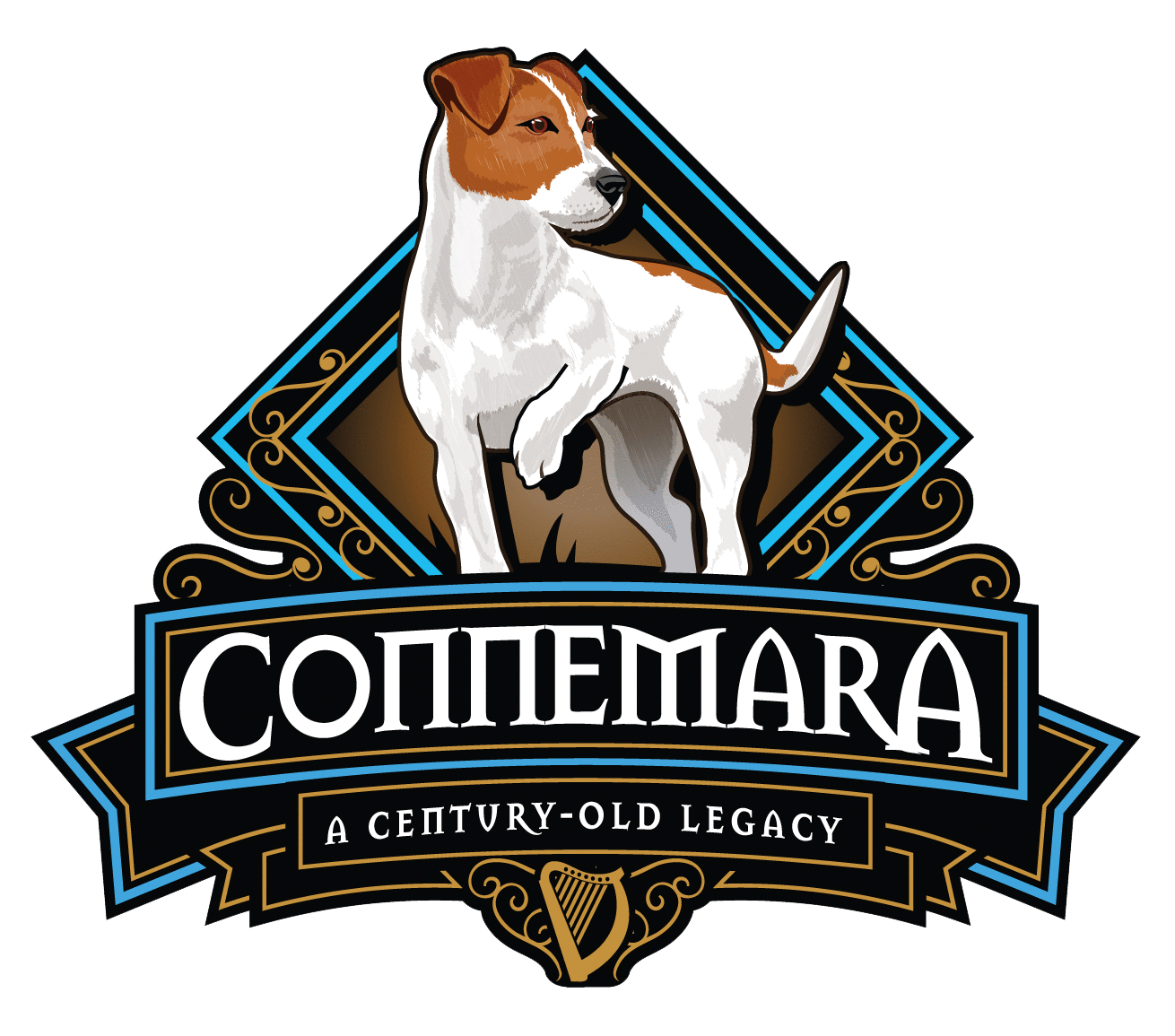 Connemara Jack Russell Terriers
Connemara Jack Russell Terriers